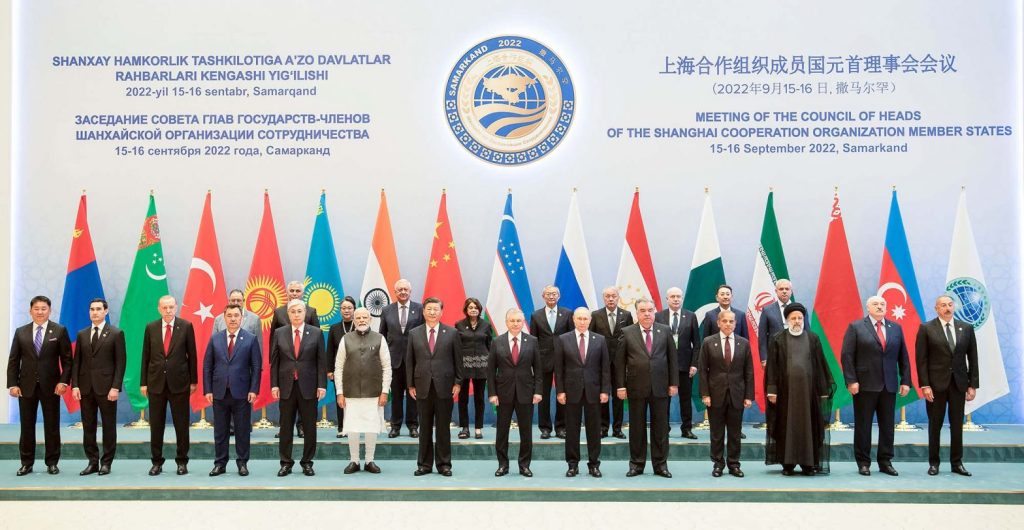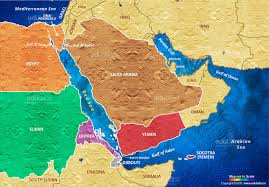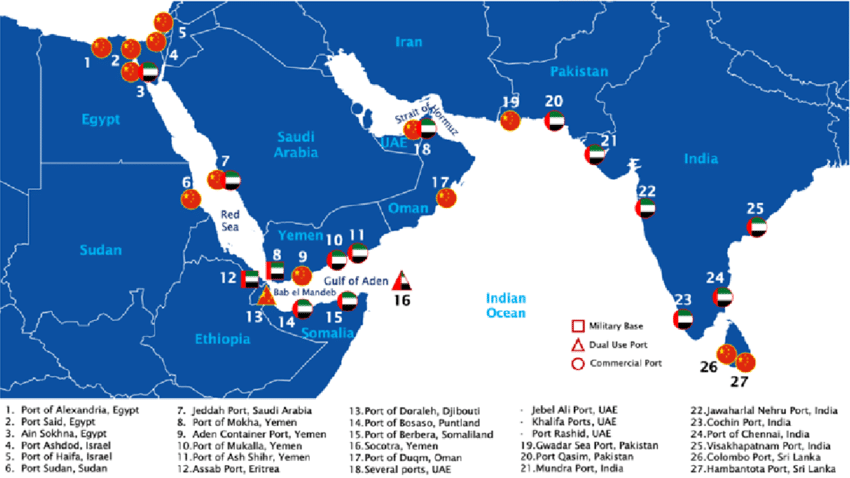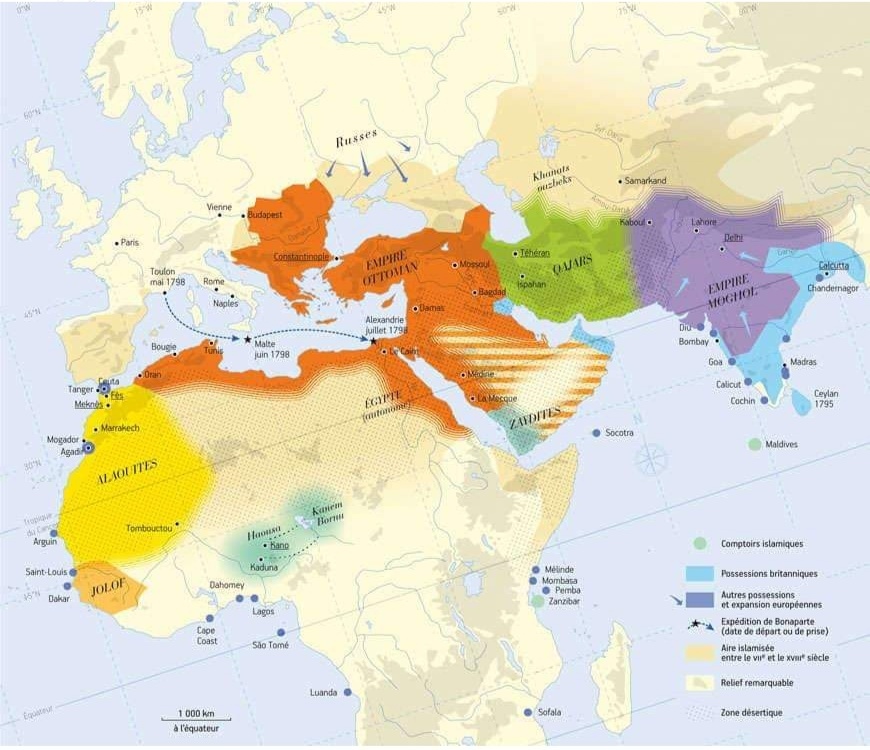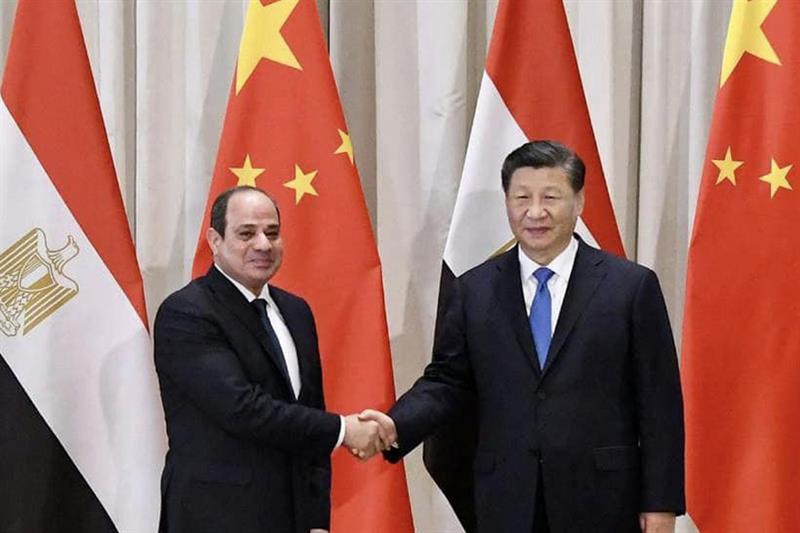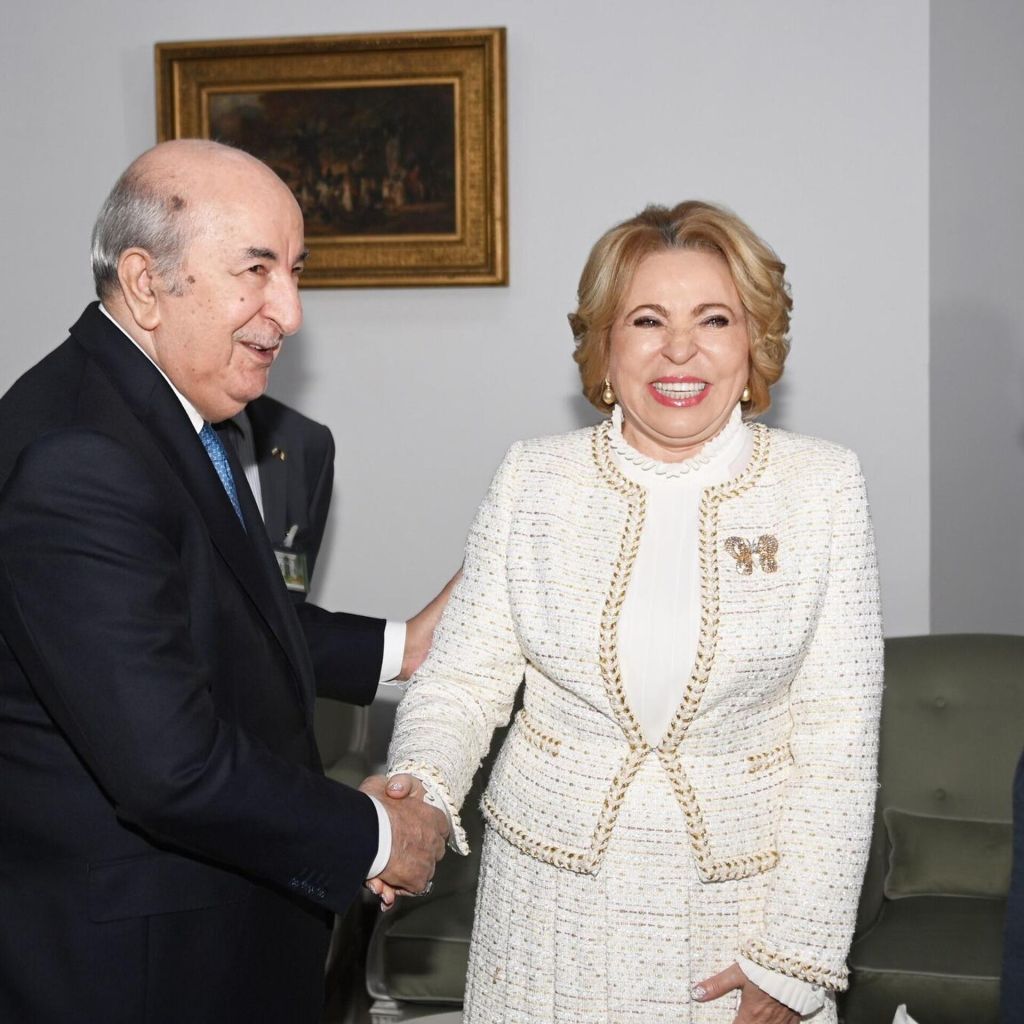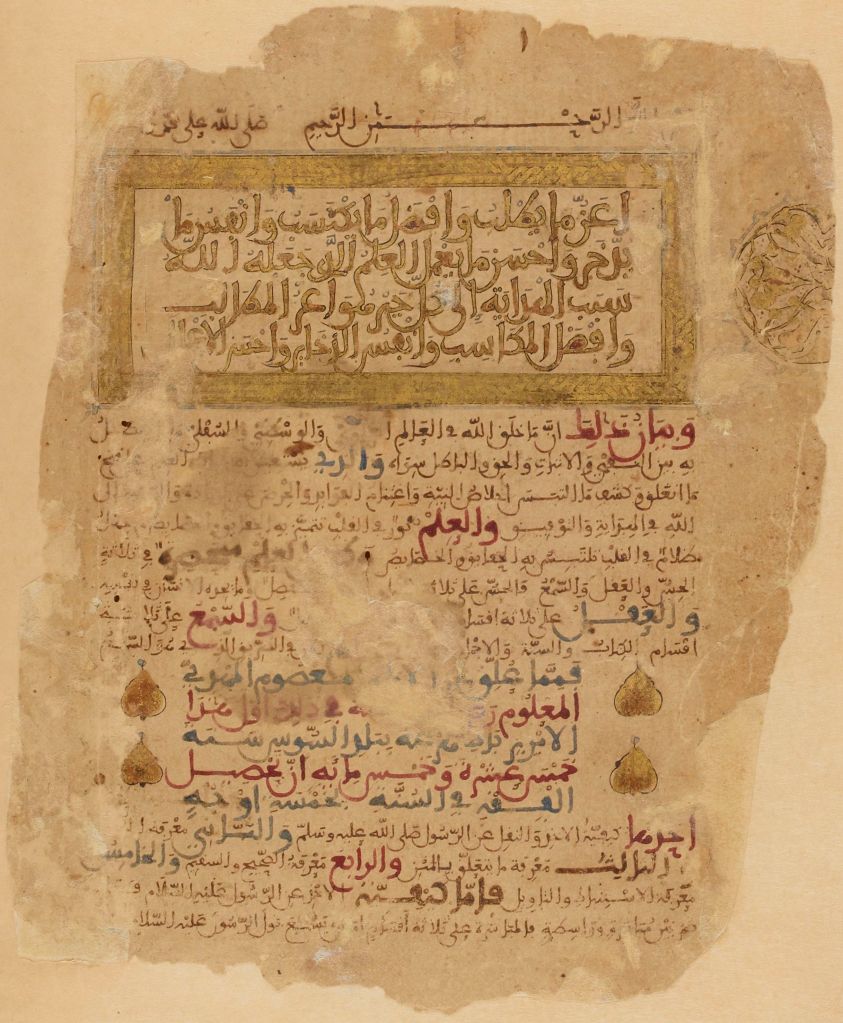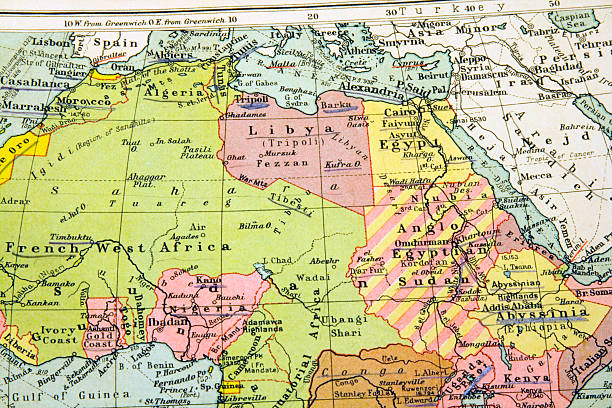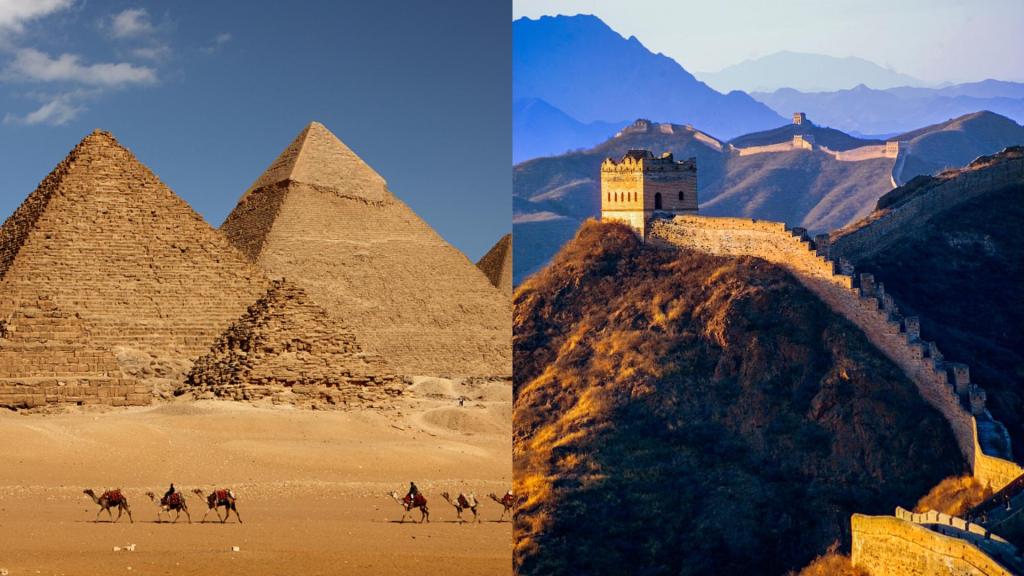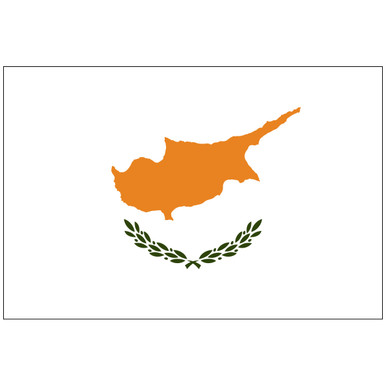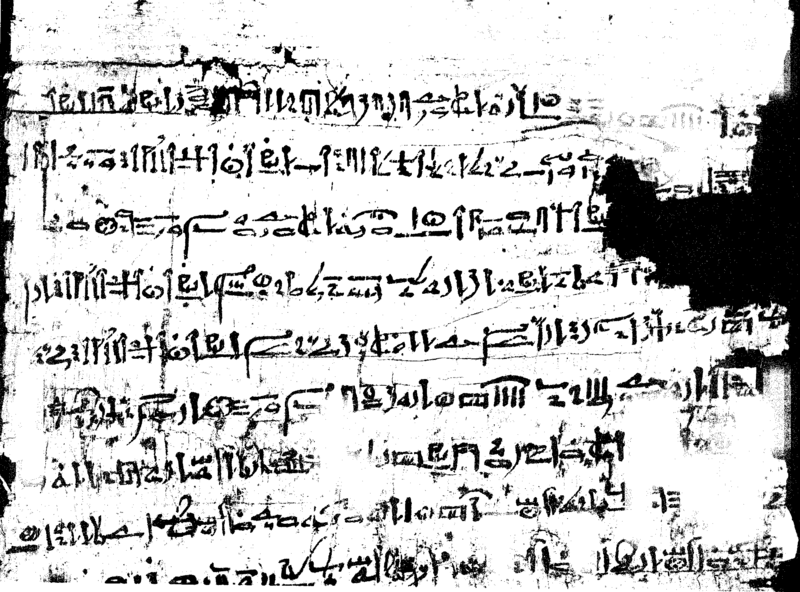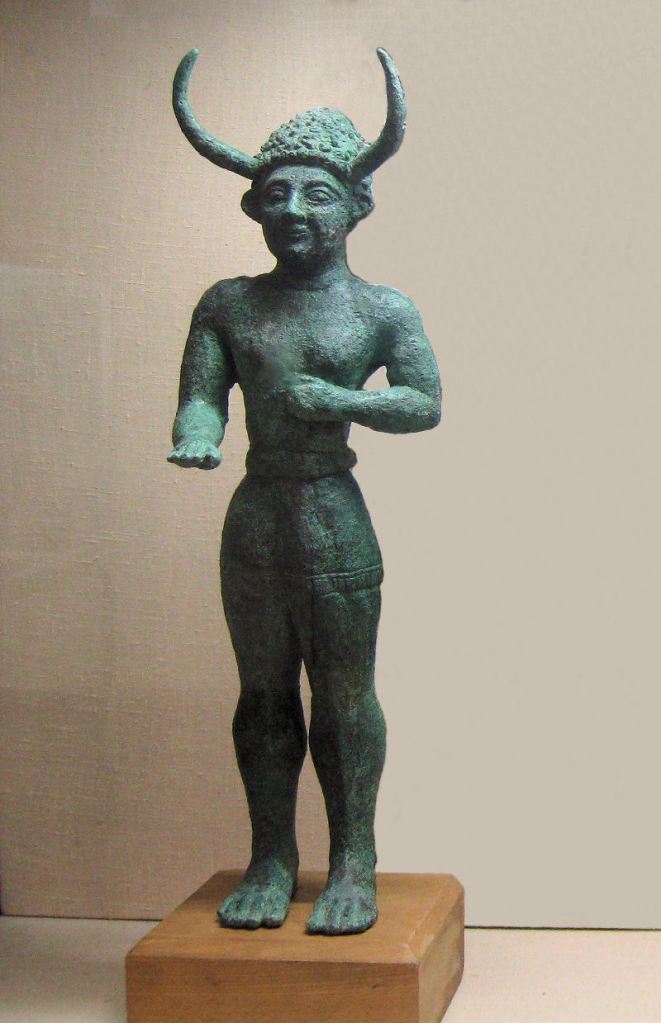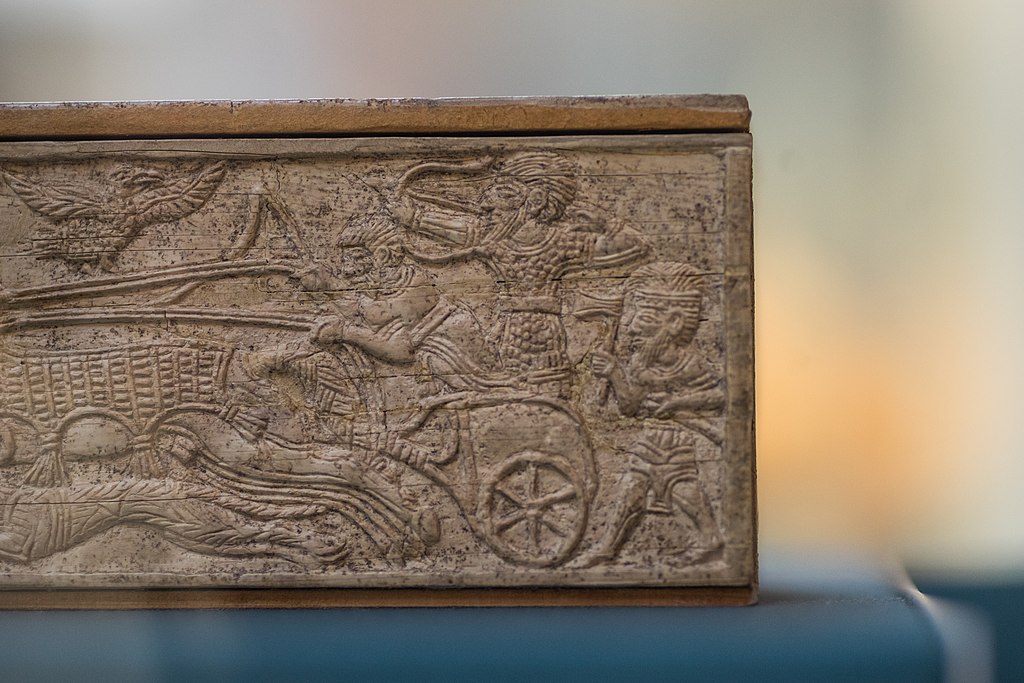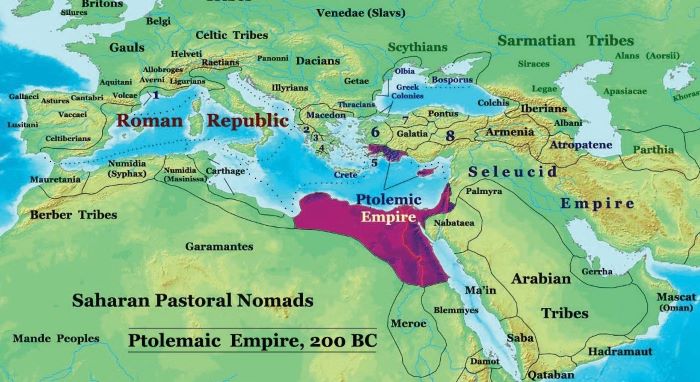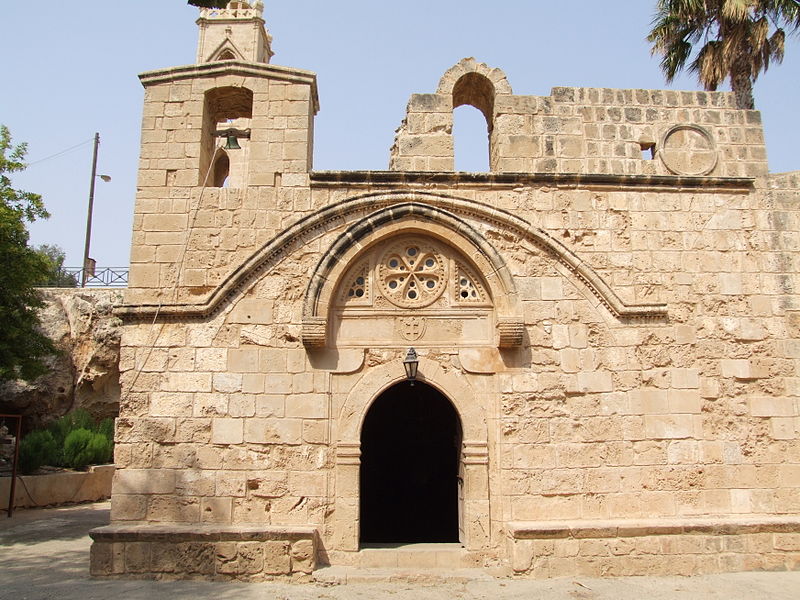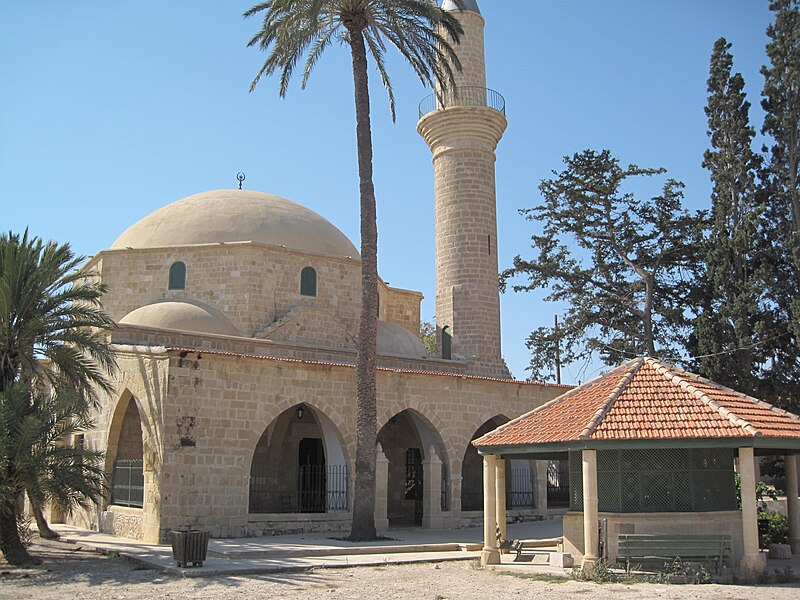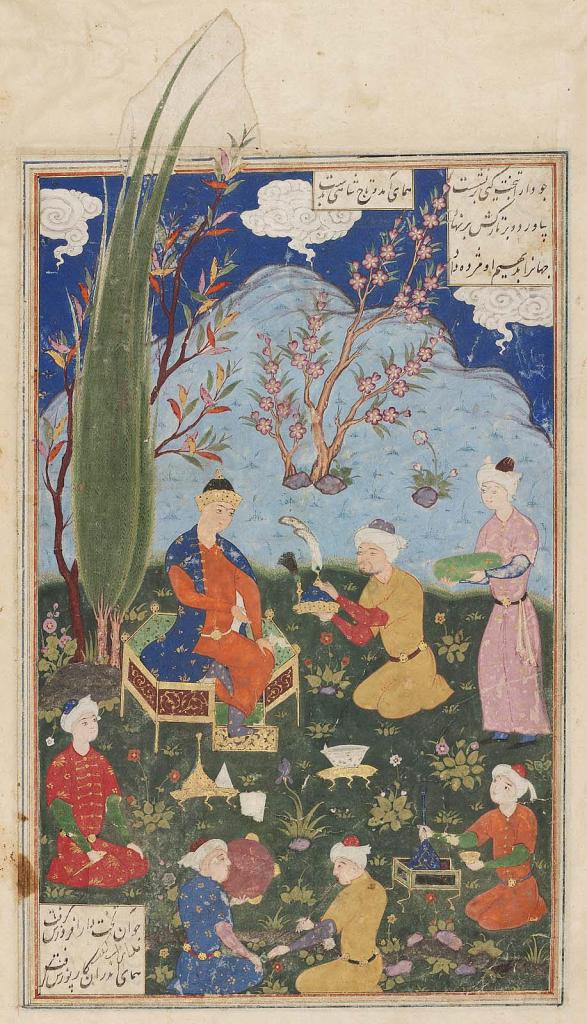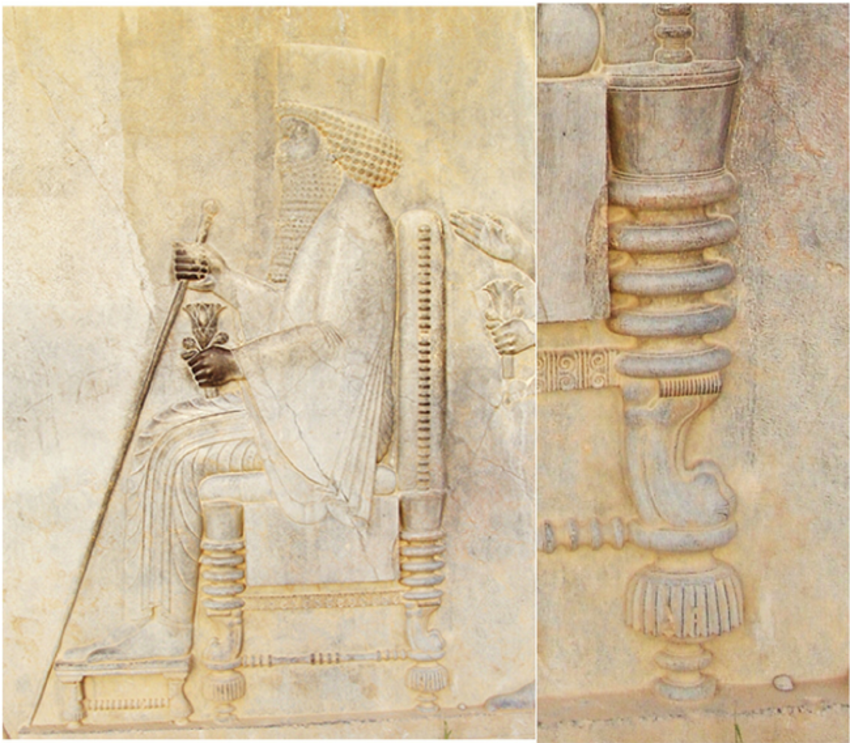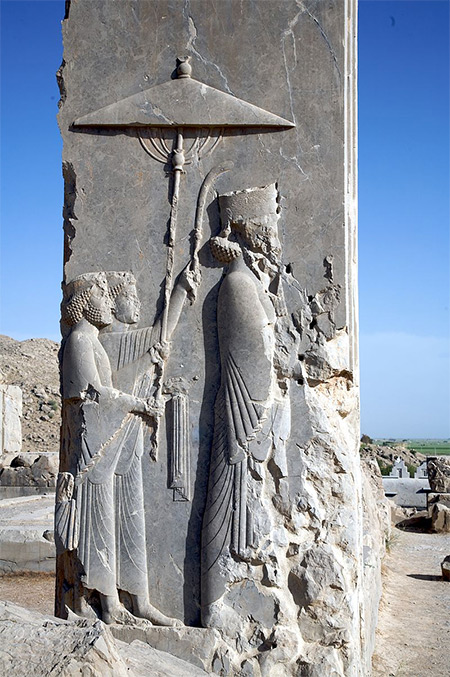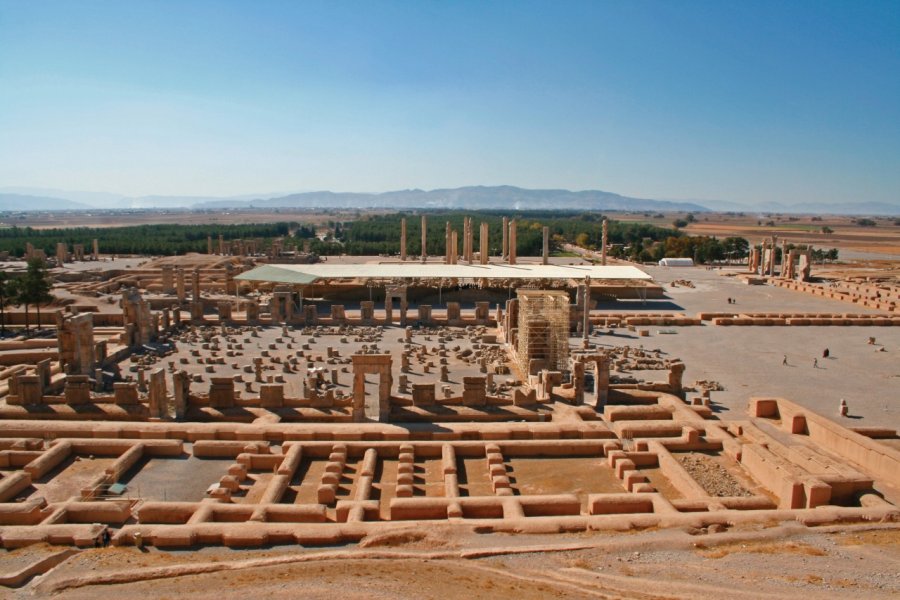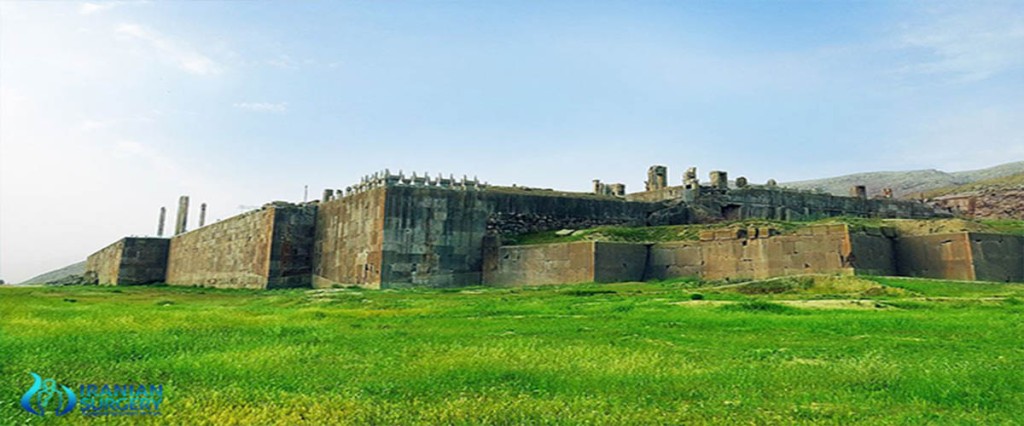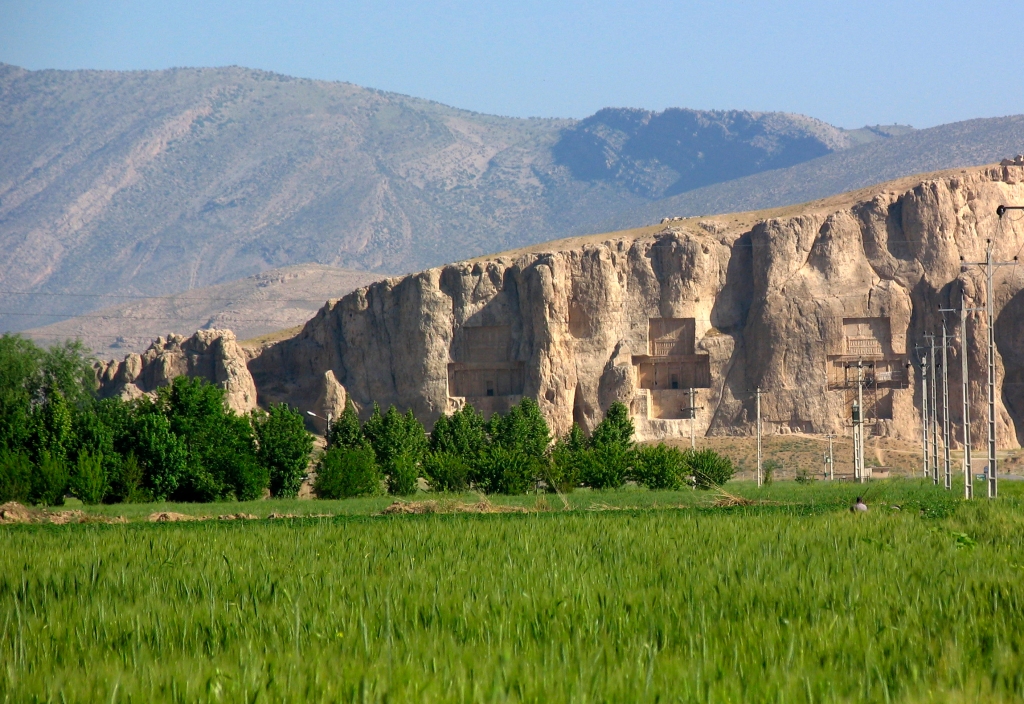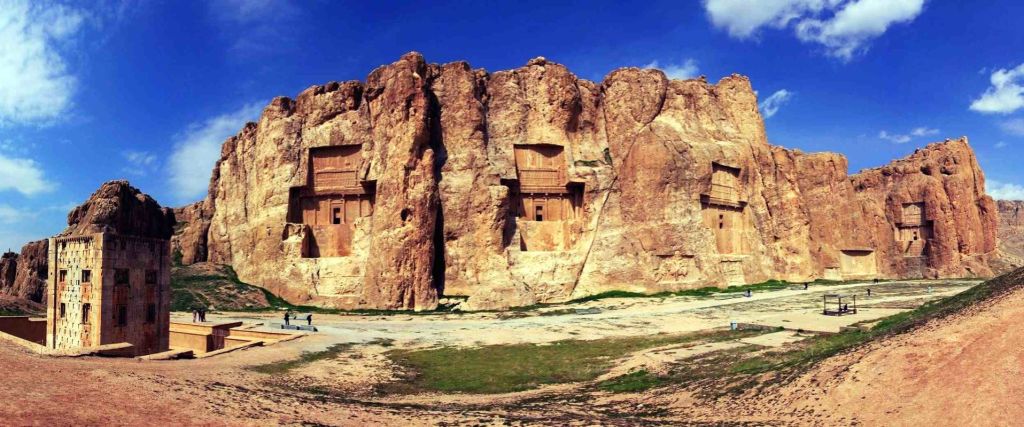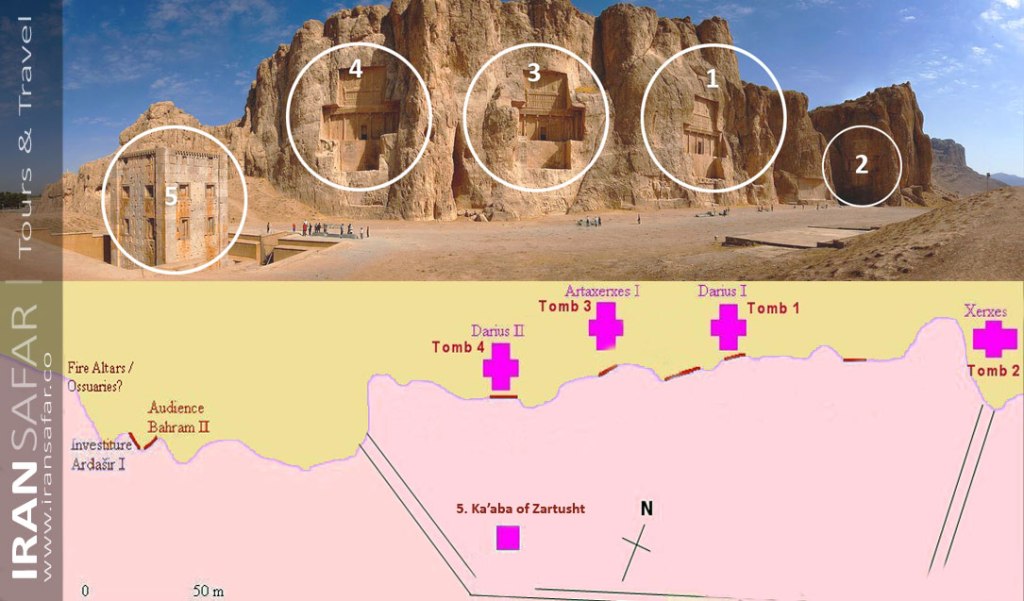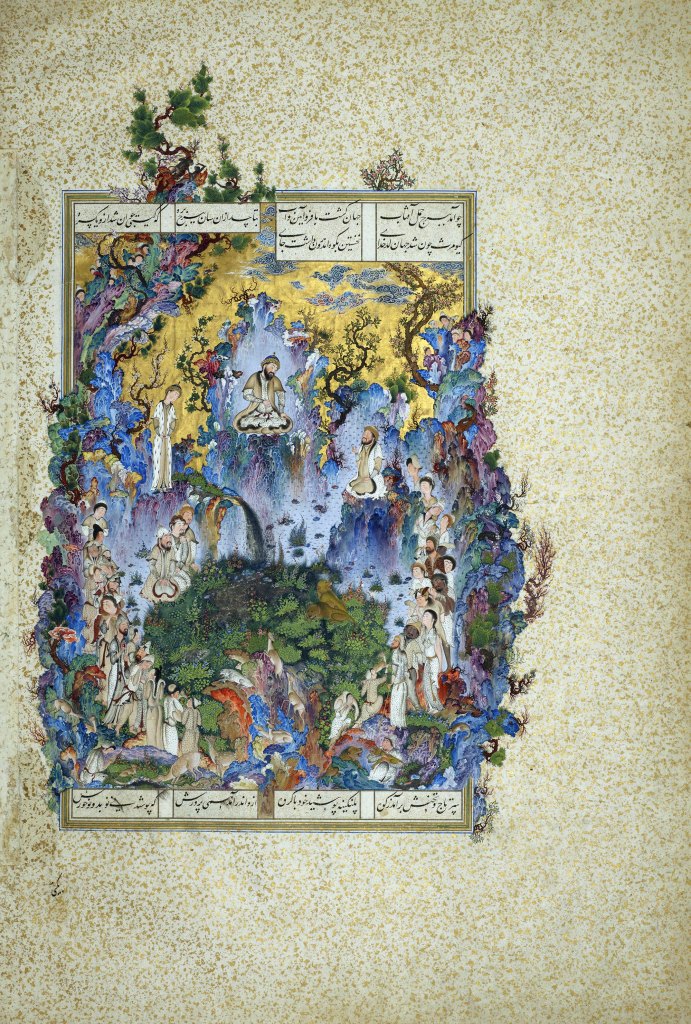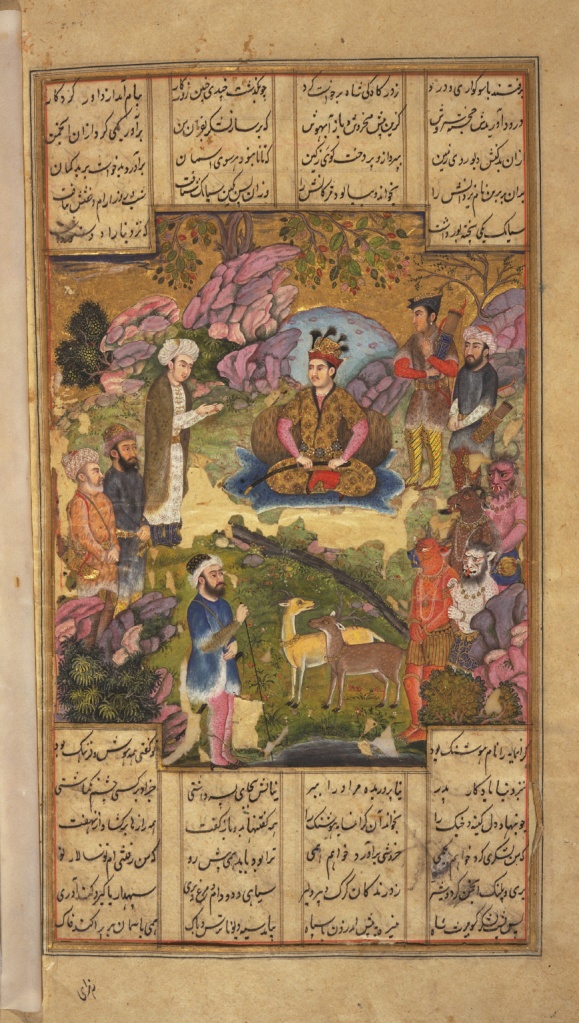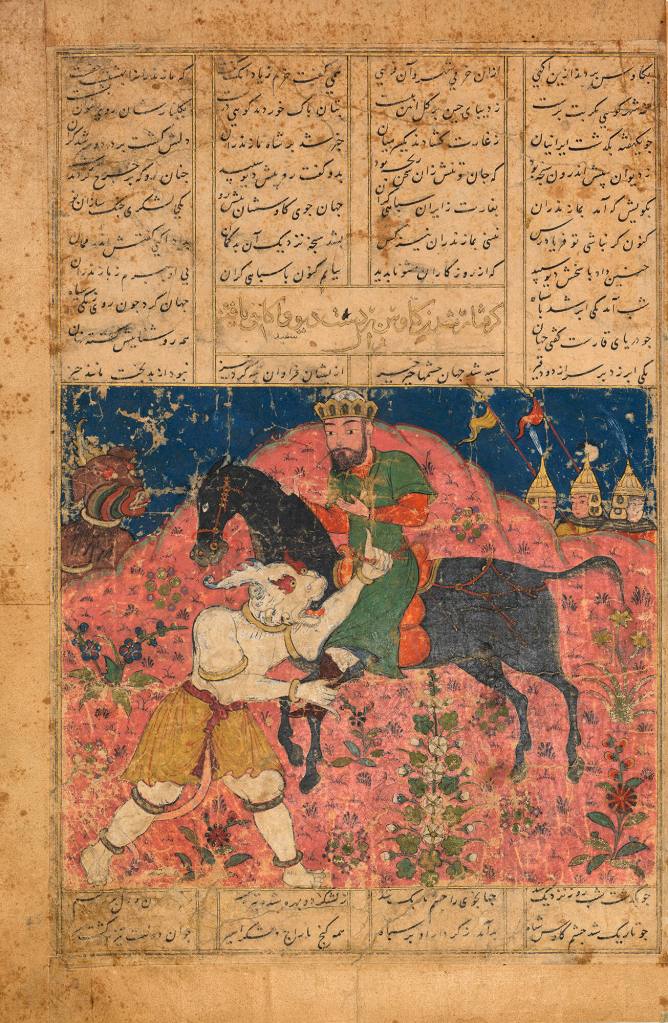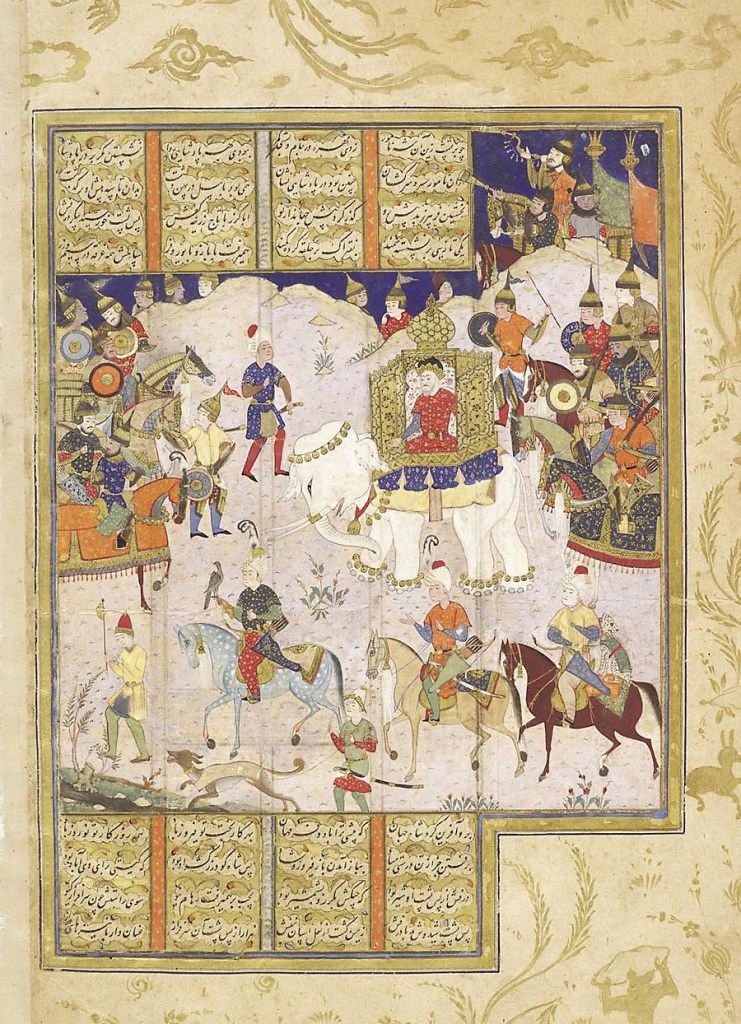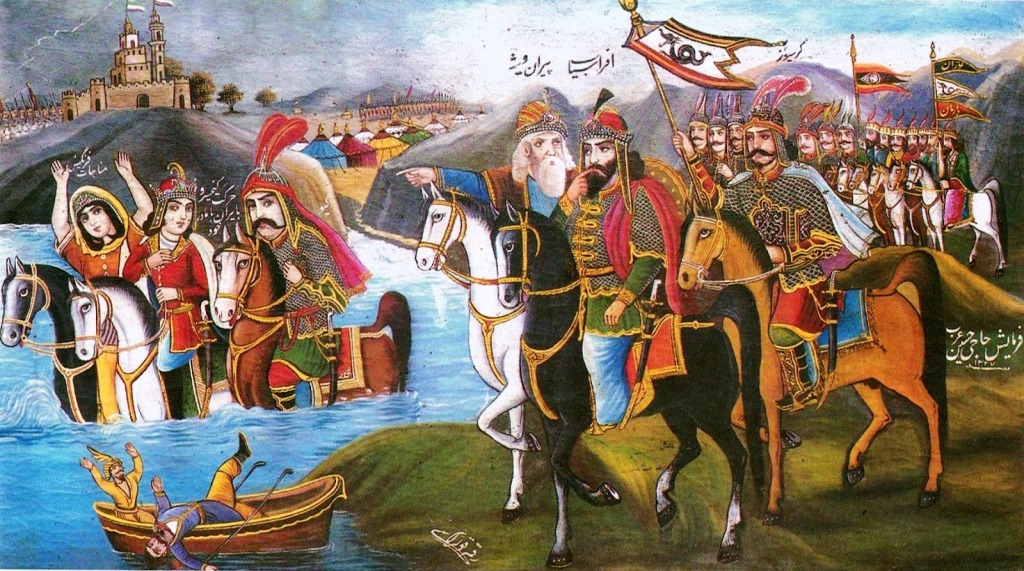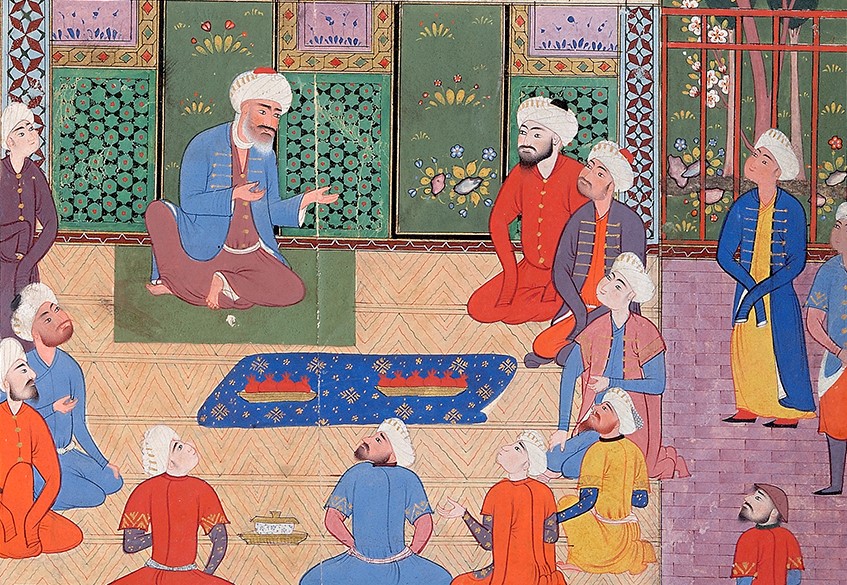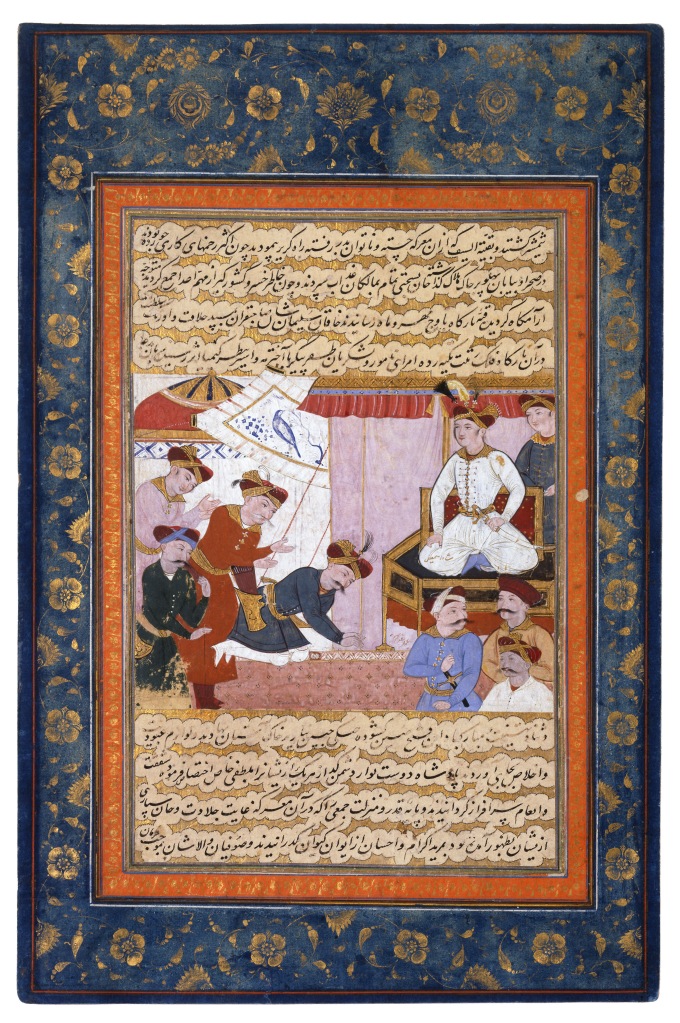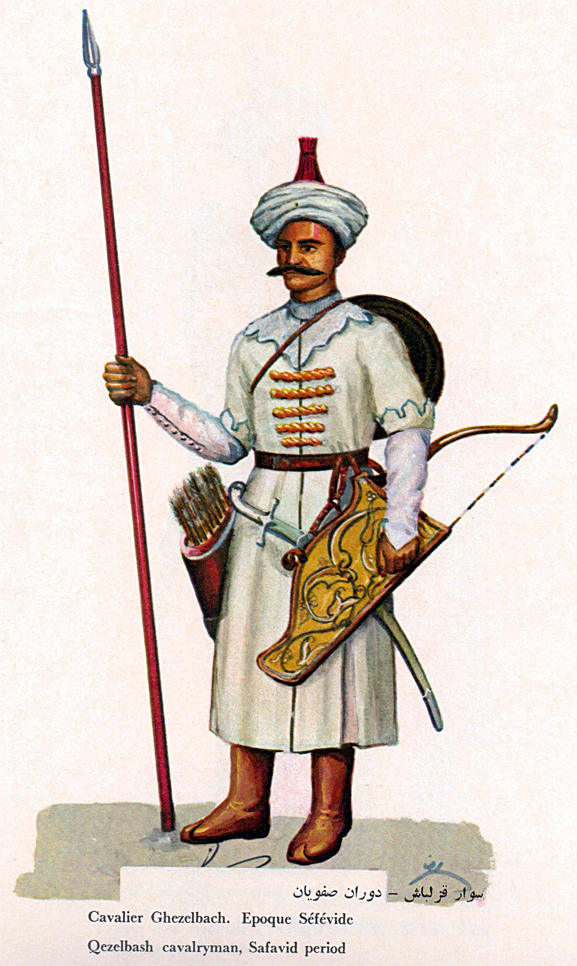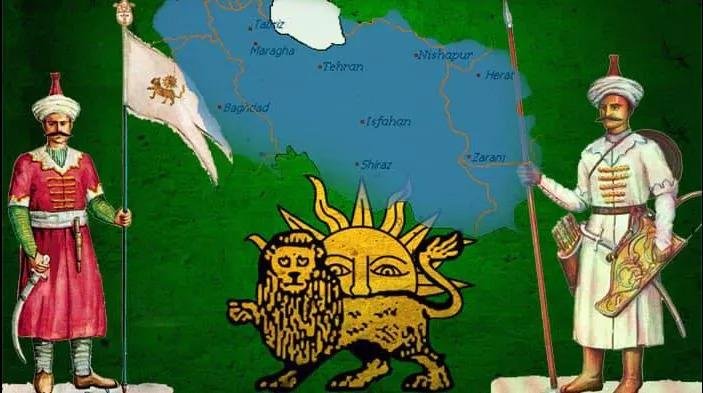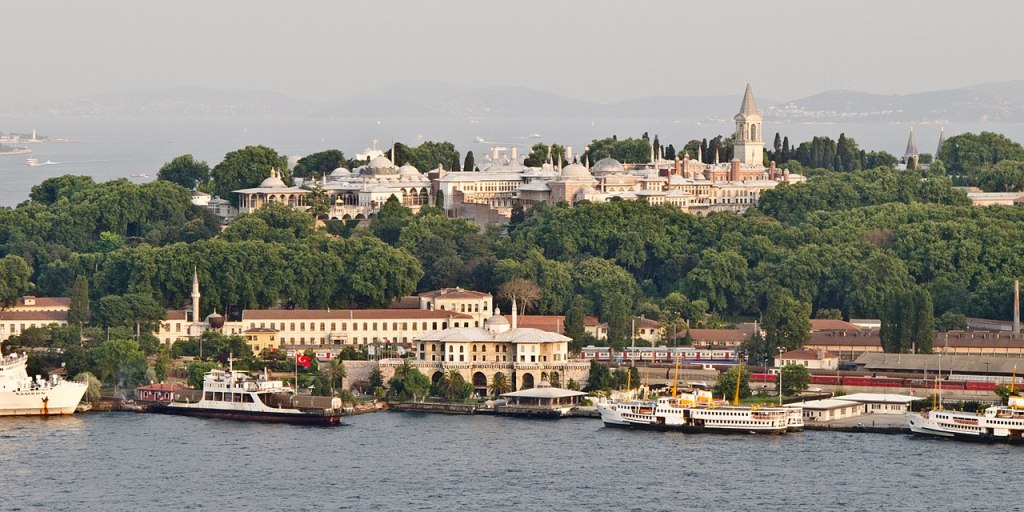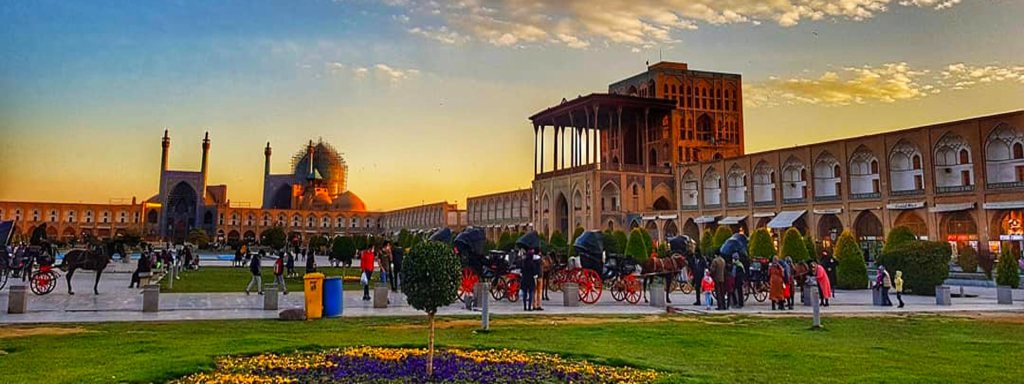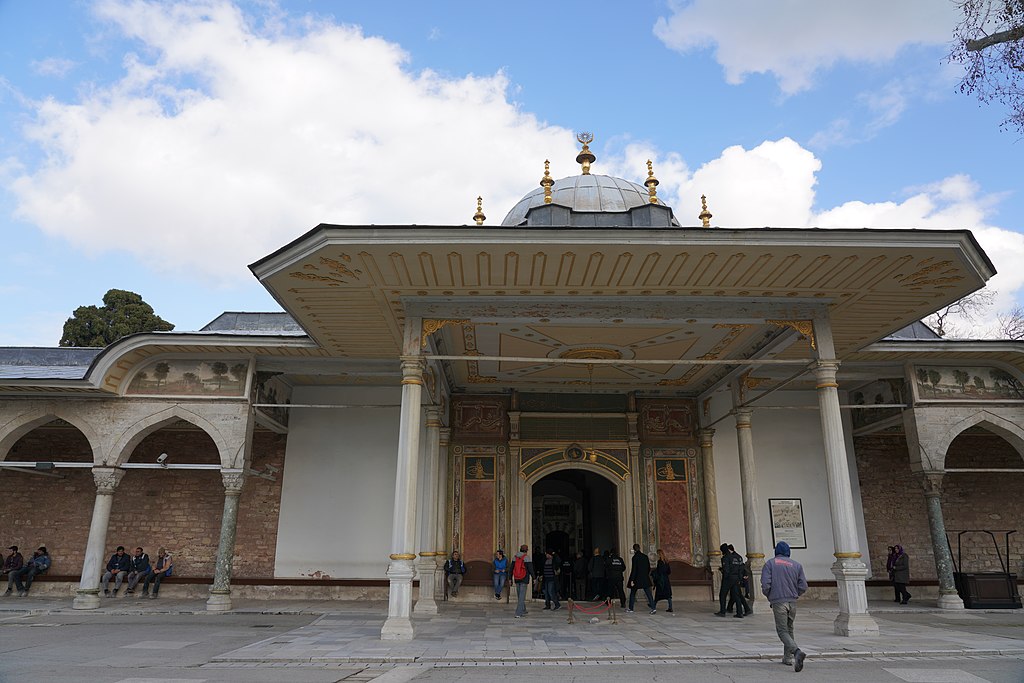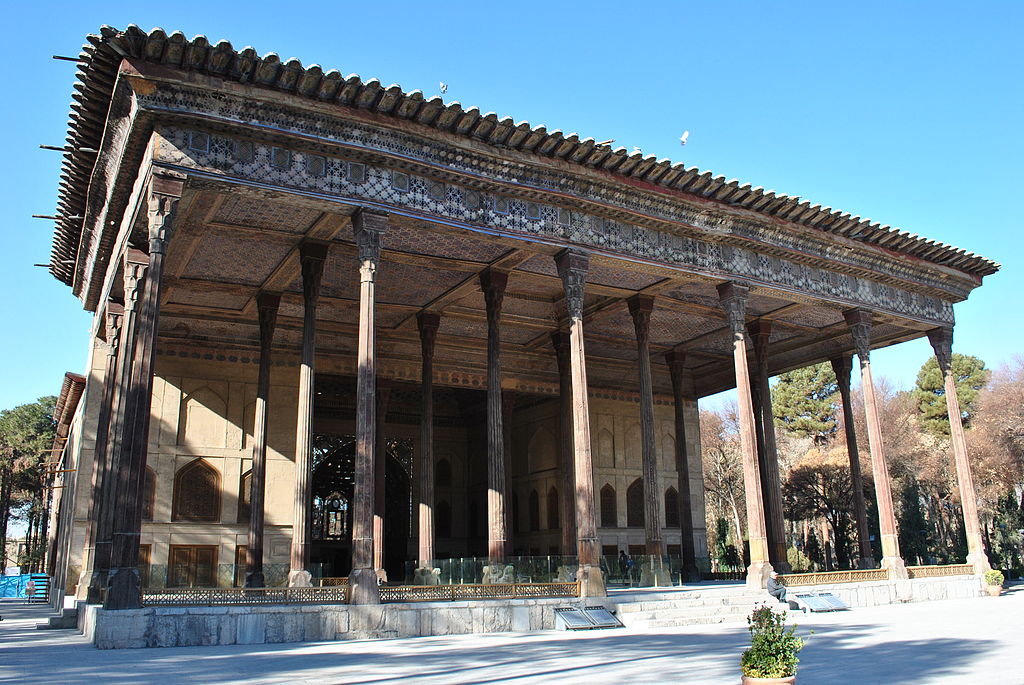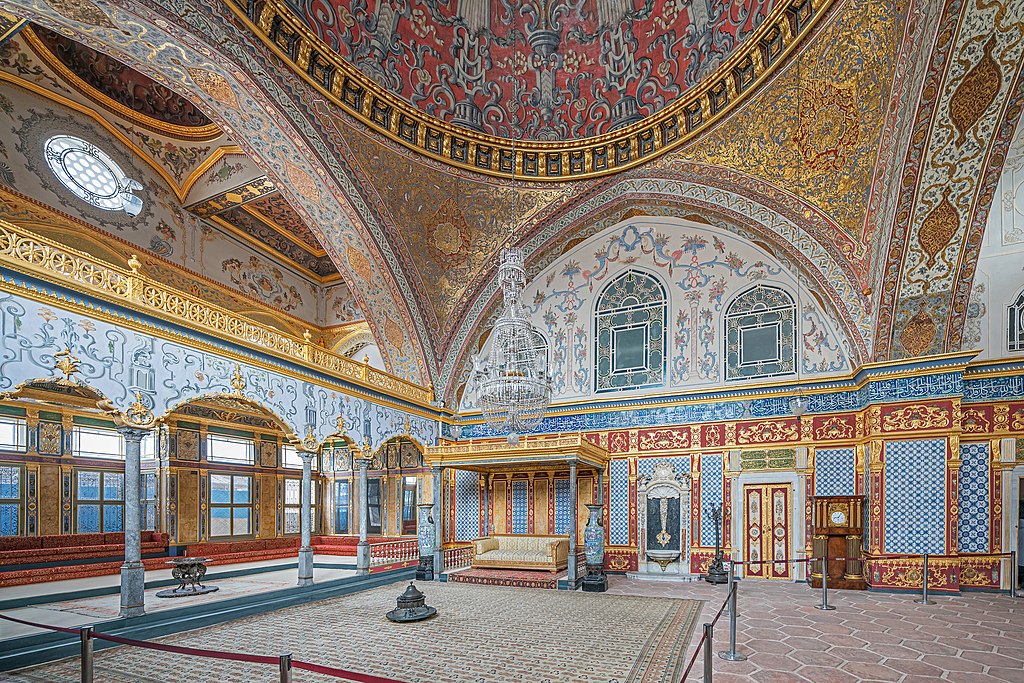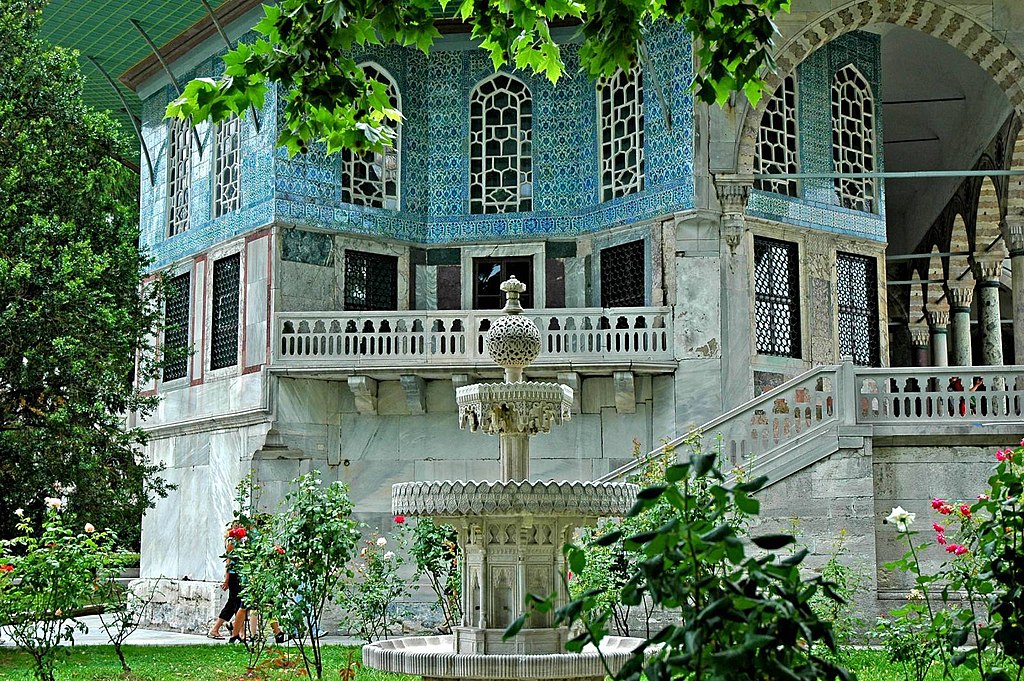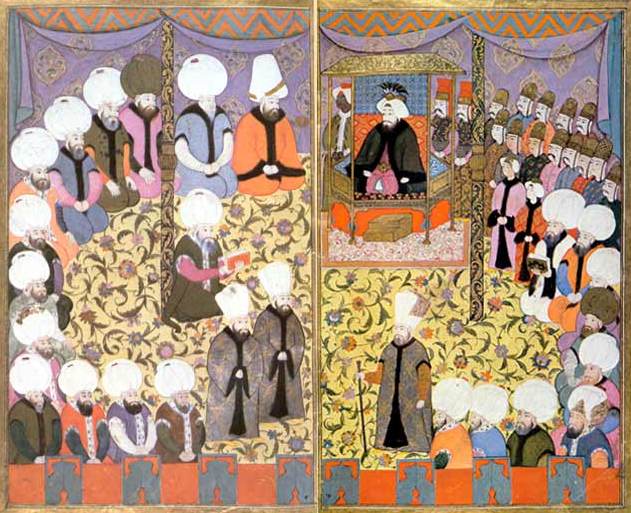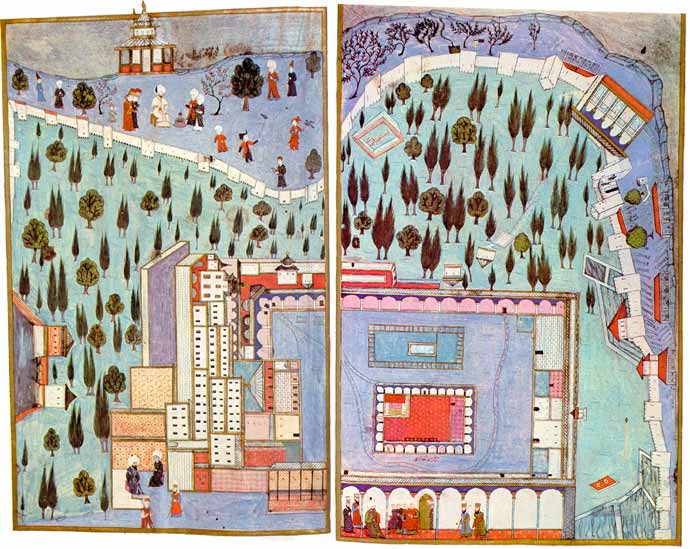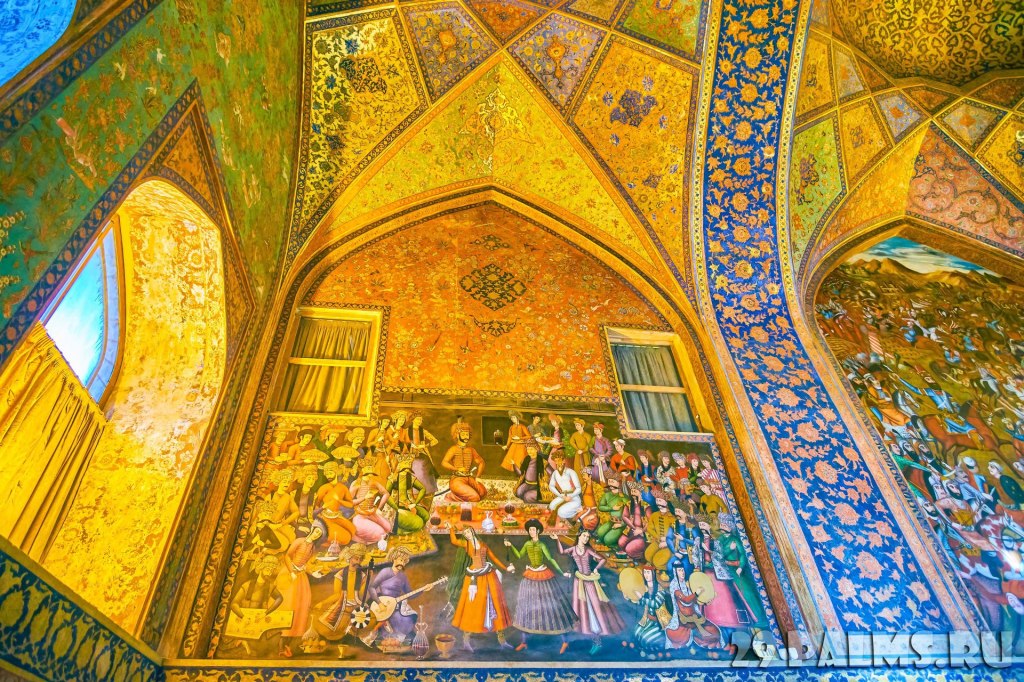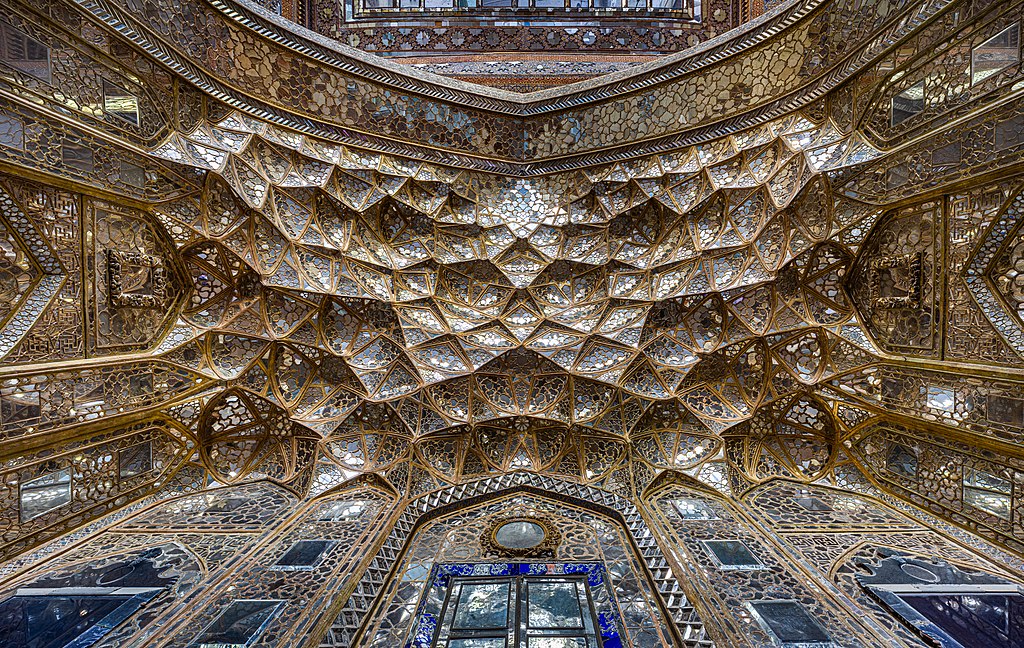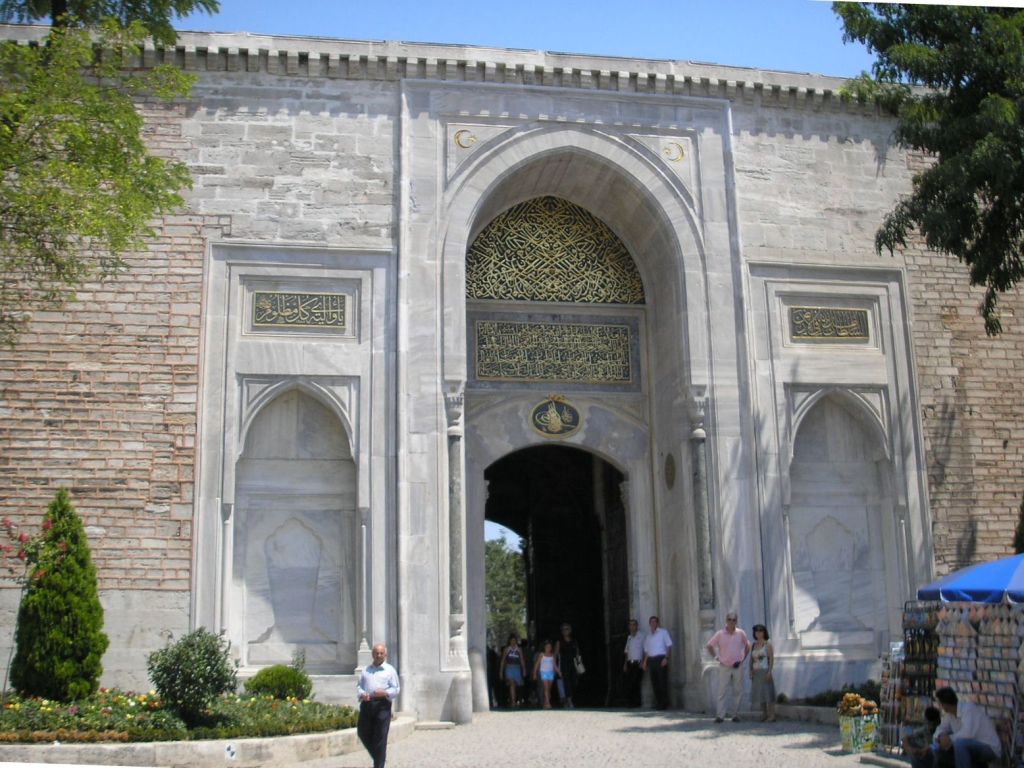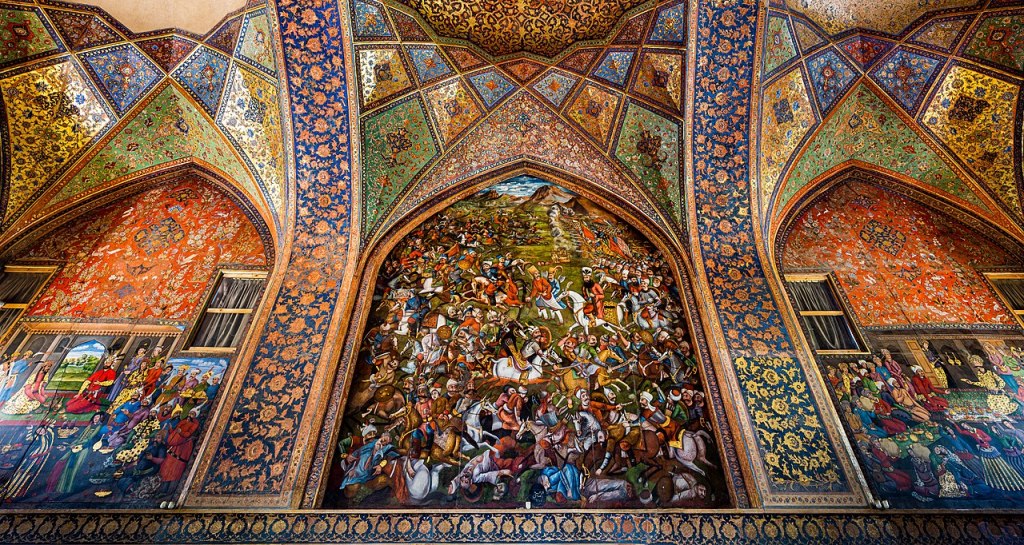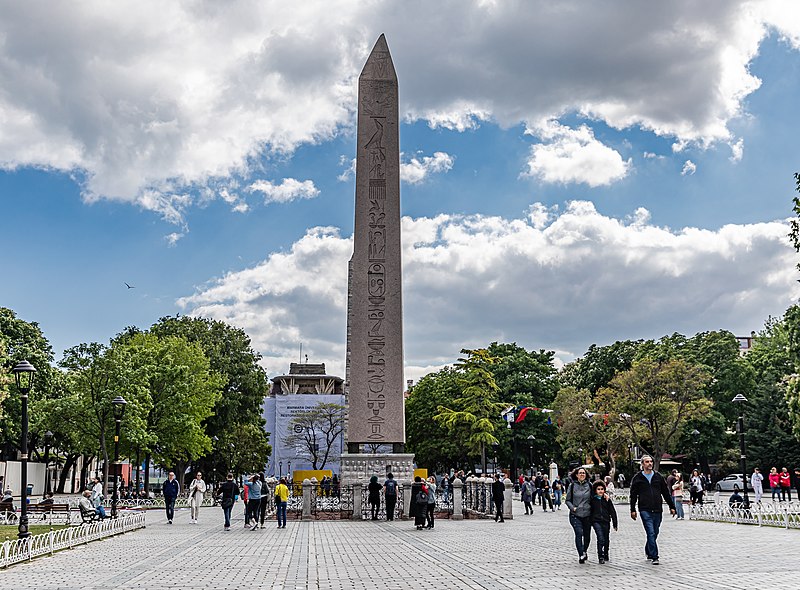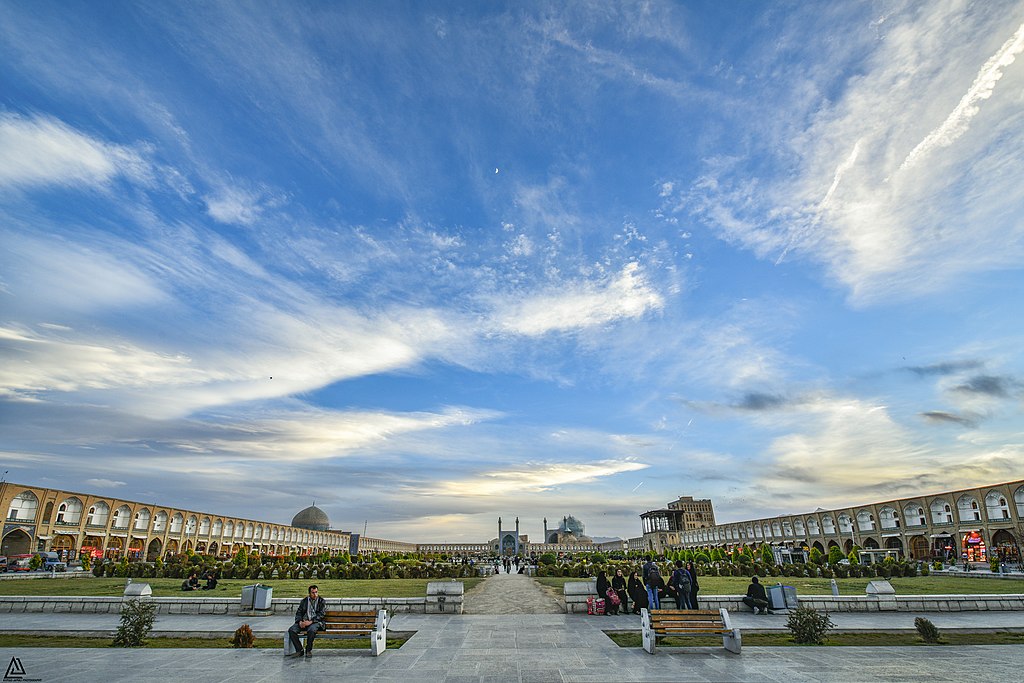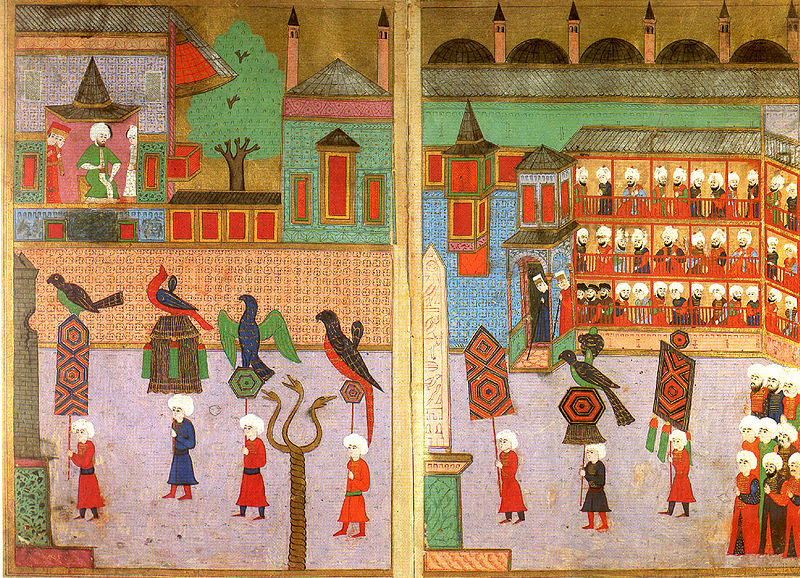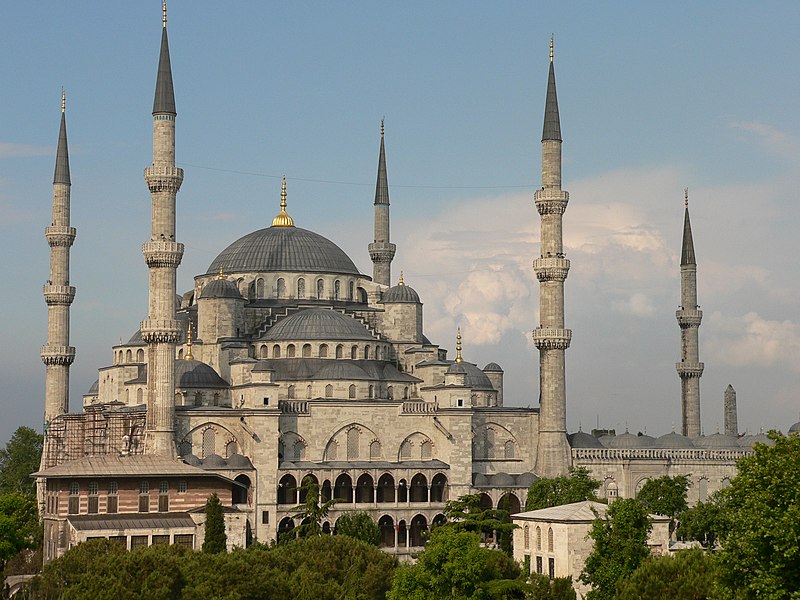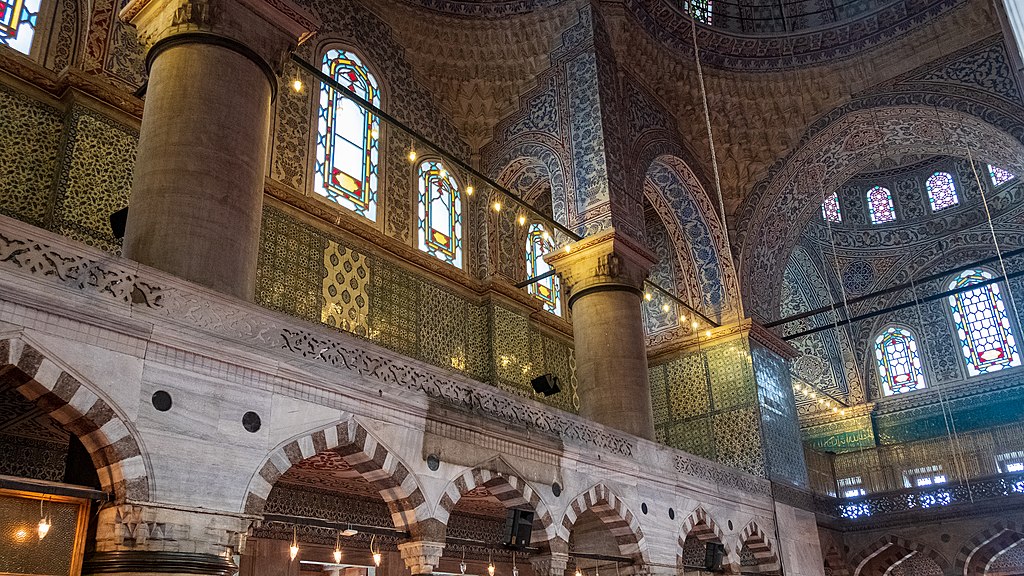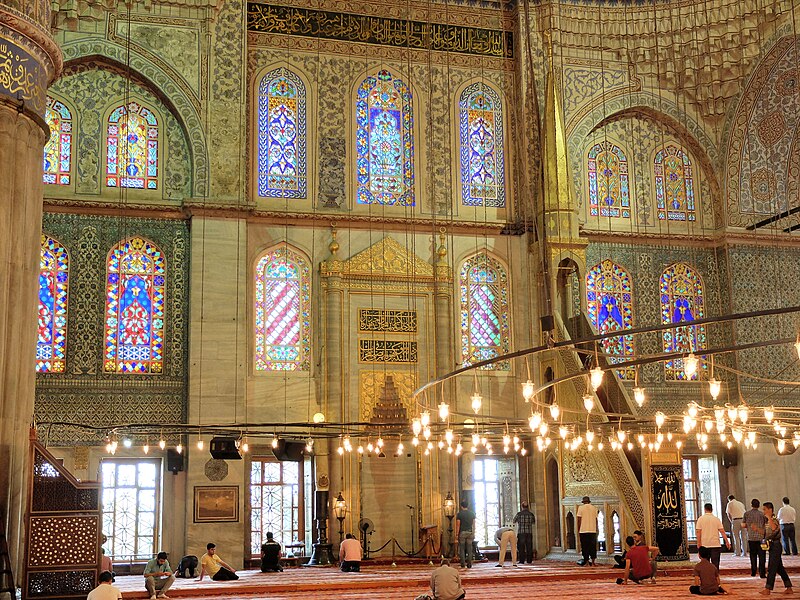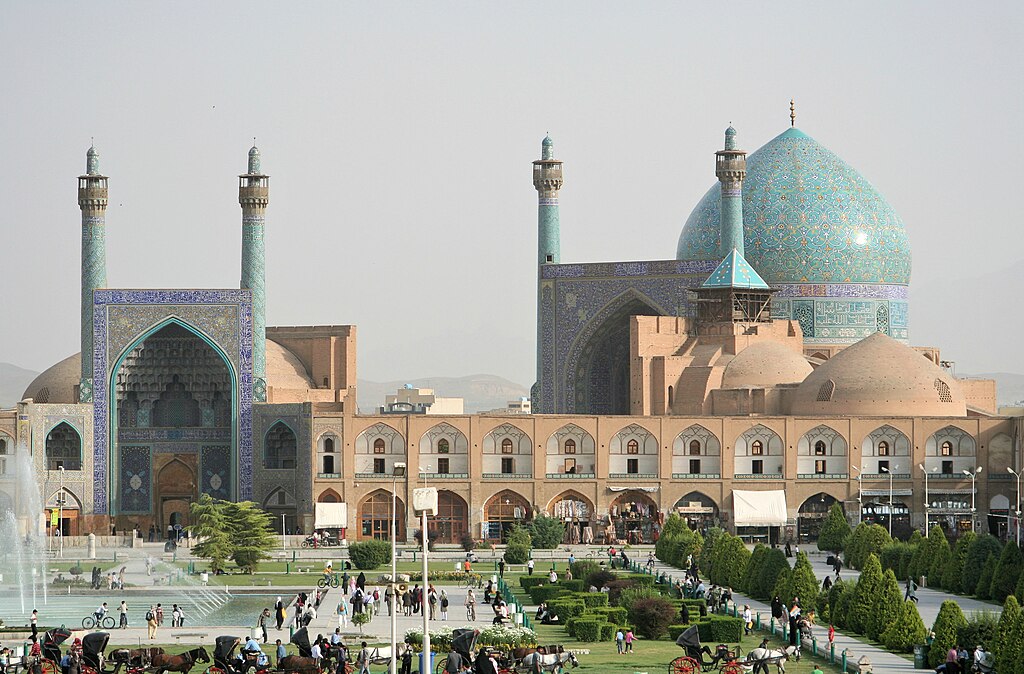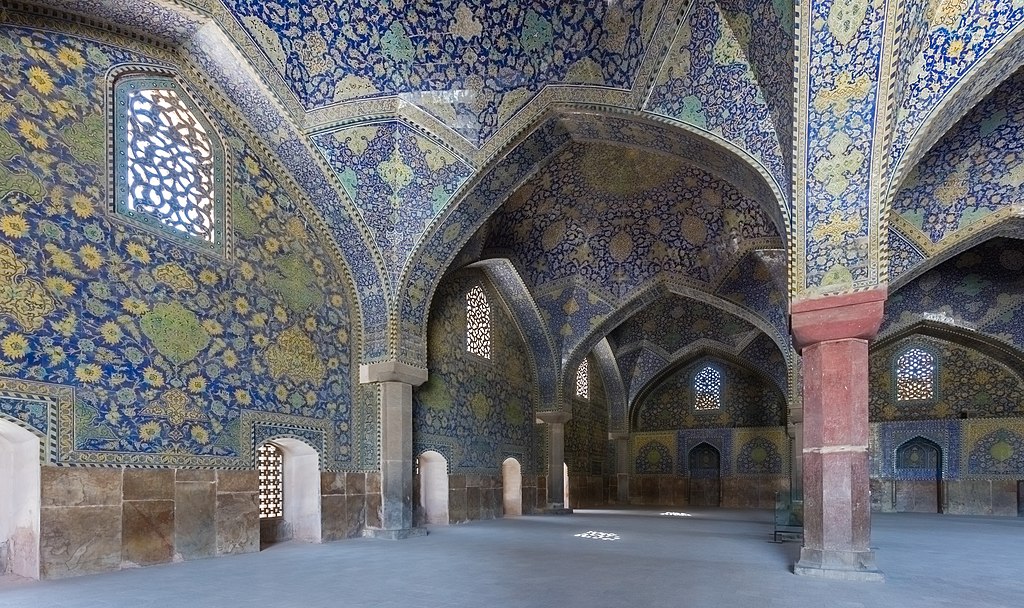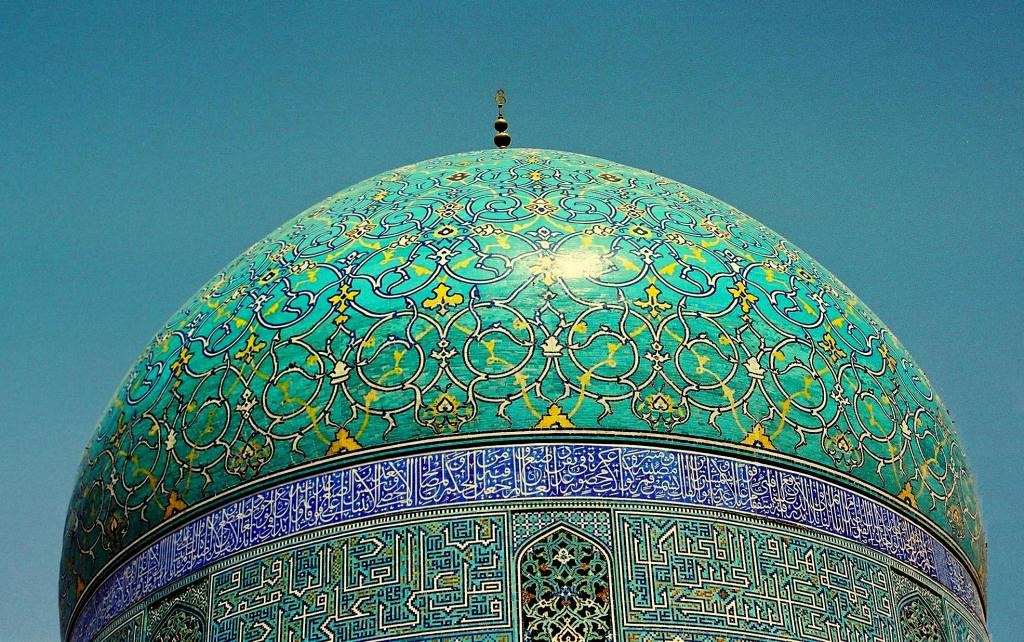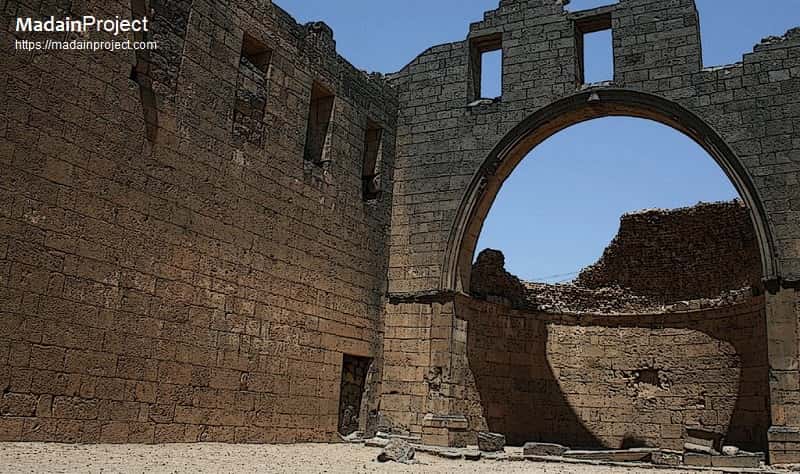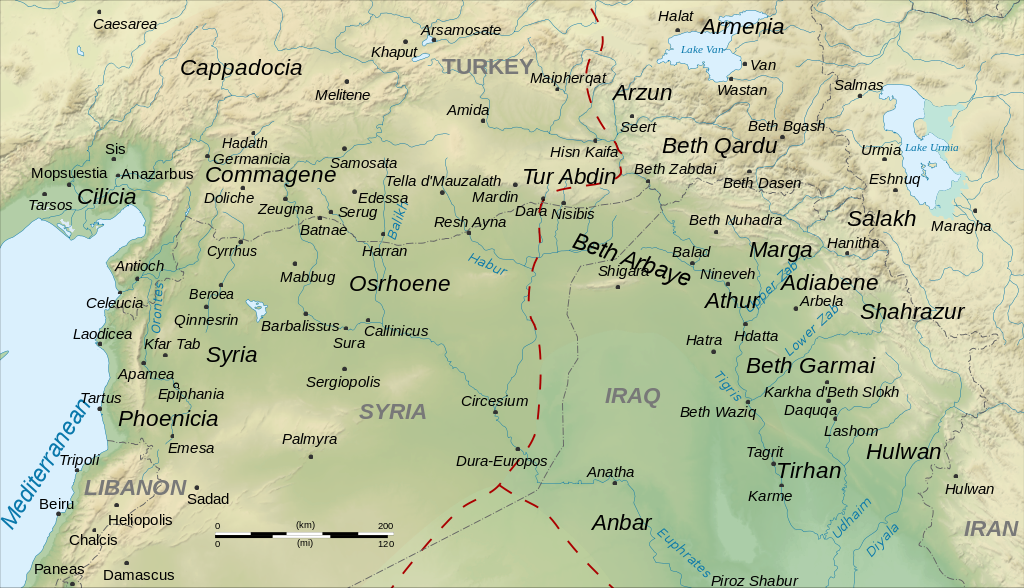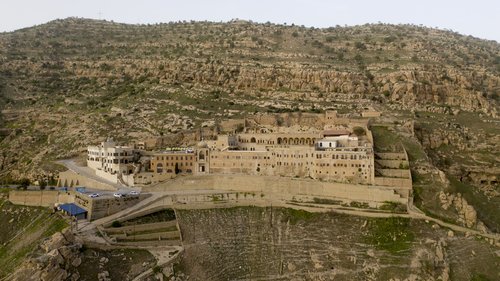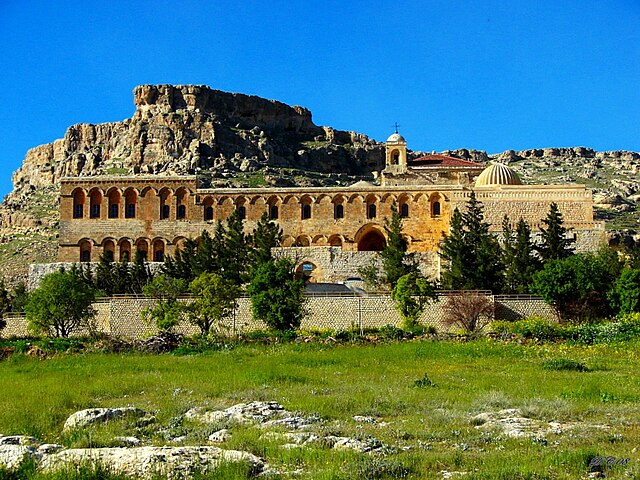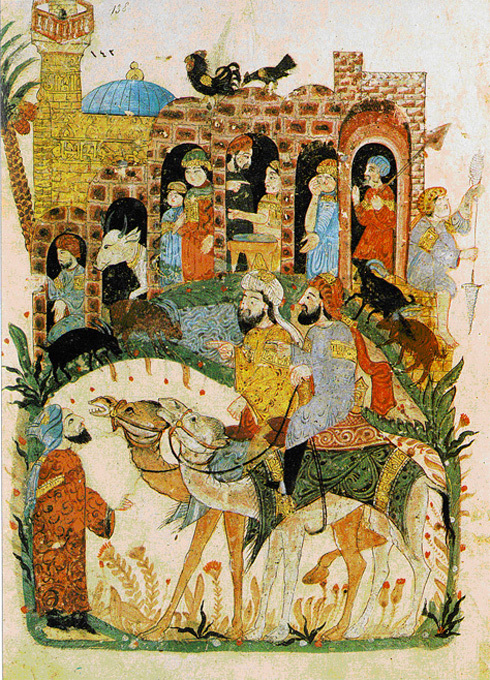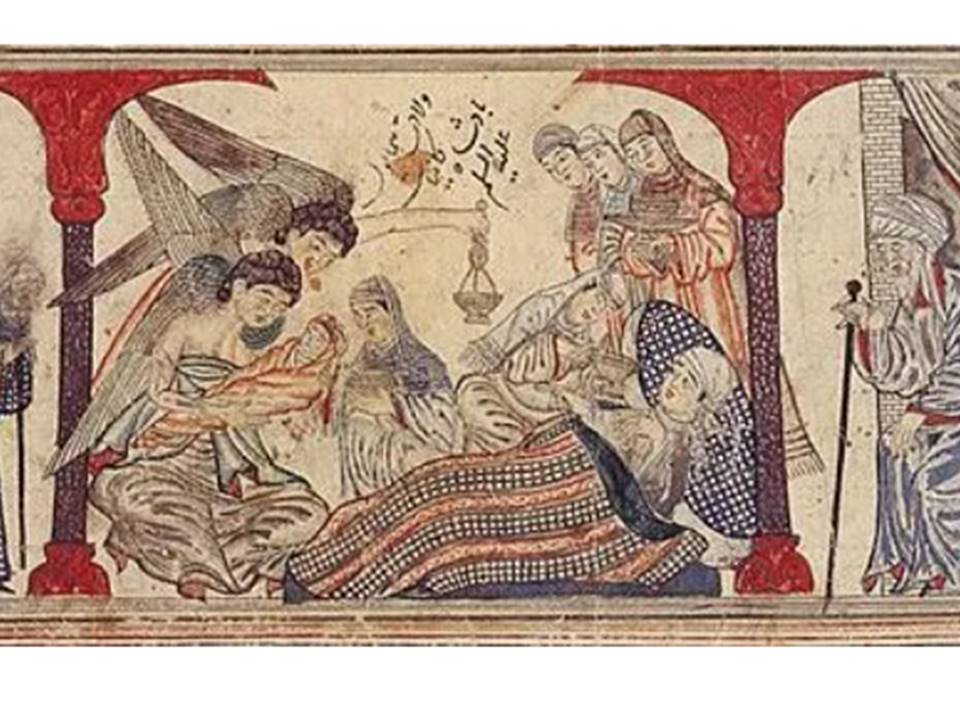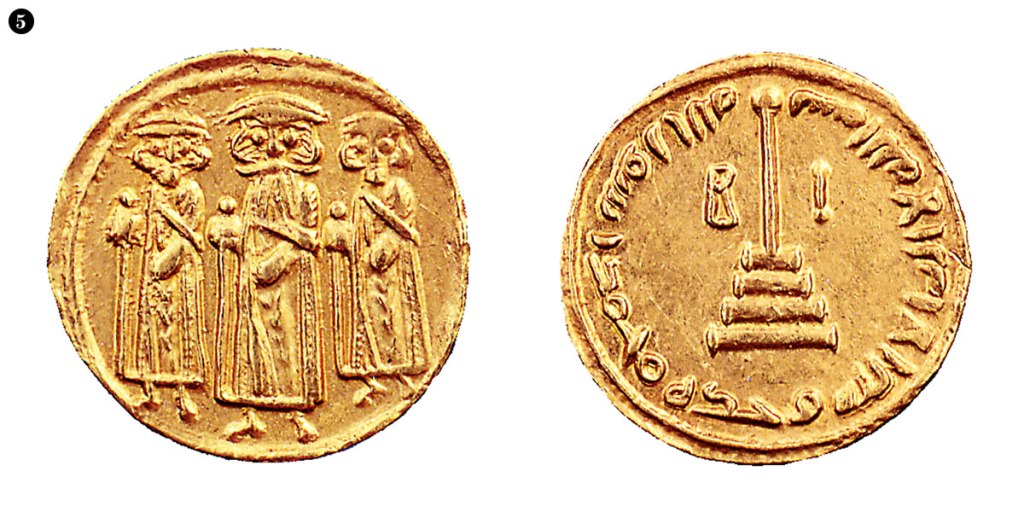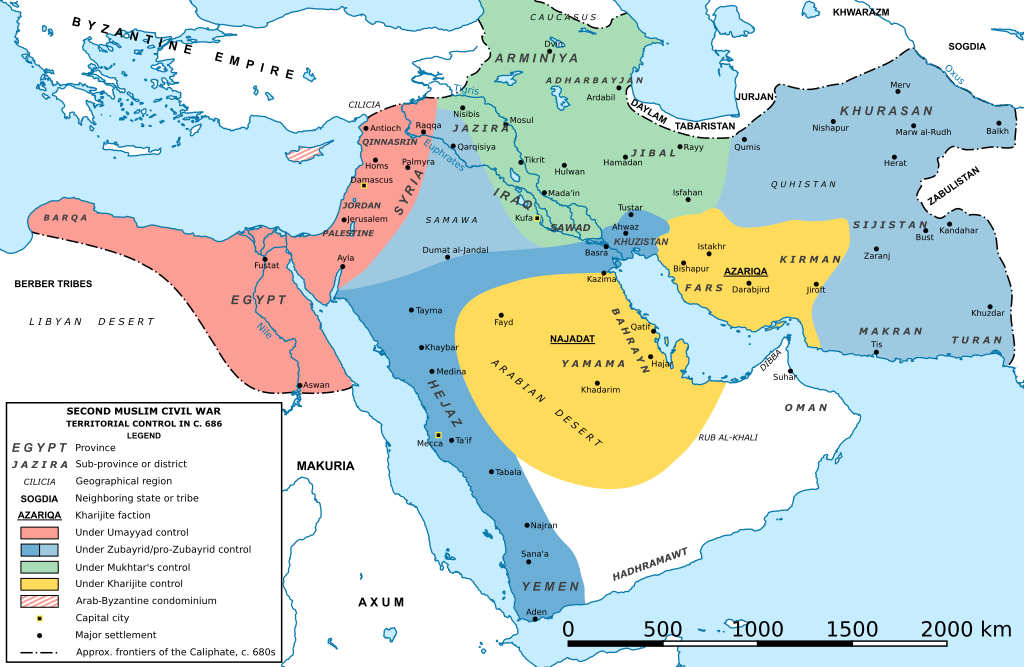In the four earlier texts of this series, I described the bilateral needs that Egypt and China have to urgently address, therefore entering in an advantageous, multileveled and grand alliance, which will not only consolidate Egypt’s national security and boost China’s expansion in Africa, but also help drastically transform, pacify and unify the Black Continent’s northeastern corner, notably Sudan and Libya. All previous parts (titles, contents and links to the publications) are to be found at the end of the present article.
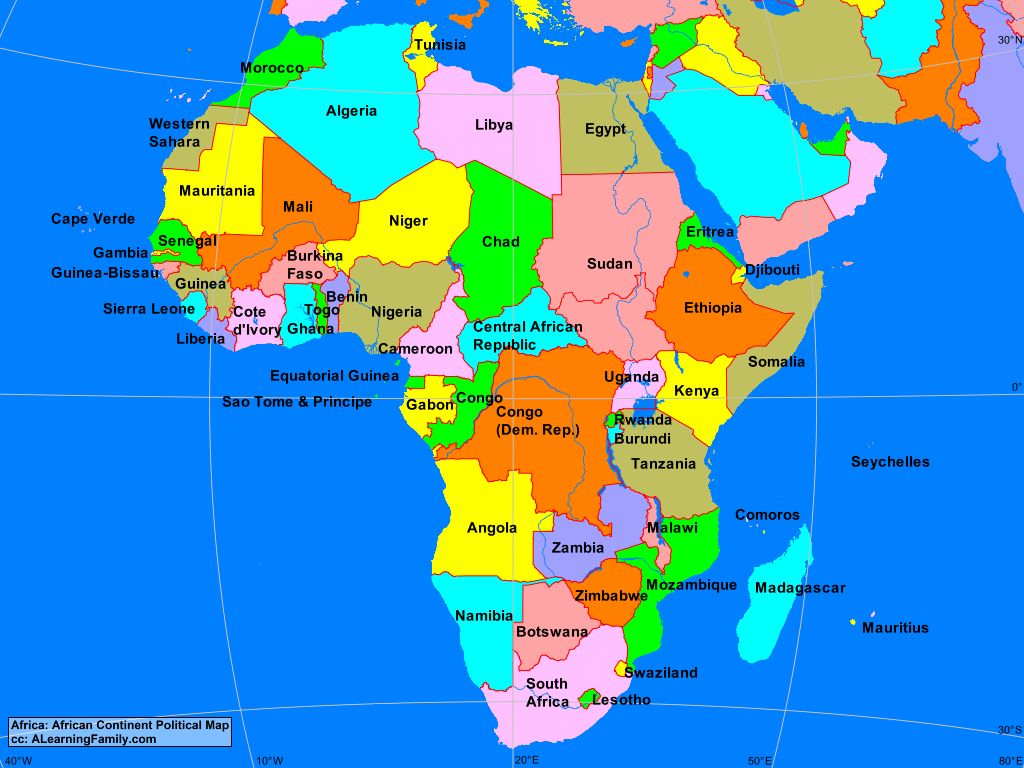
In the present, last article of the series, I will focus on the final targets that the Egyptian-Chinese alliance should set in view of Africa’s complete decolonization, de-Westernization, and rehabilitation. These issues are relevant to educational, cultural and political-military affairs; to eliminate the curse that fell on the Black Continent, Africans should
a) remove English and French as foreign languages,
b) interrupt the educational, academic and scientific links that almost all the African countries have been forced (through means of colonial interference) to maintain with England, France, Belgium, Canada, Australia, New Zealand, and the US,
c) terminate the economic subordination of almost all the major African private companies, corporations and state institutions or organizations to the above mentioned countries and to the international schemes that the Western countries have established (IMF, World Bank), and
d) minimize if not obliterate the presence of Western diplomats, military or tourists on Africa.
And China must help the Black Continent do exactly this. Africa was never part of the Western World, and no African needs to be part of this corrupt and ailing part of the Mankind.
Contents
Introduction
I. Chinese as the First Foreign Language in Egypt
II. Systematic Dissociation and Separation from Western Europe and North America
III. The Egypt – Sudan – Libya Confederation
IV. How the Chinese-Egyptian Alliance will reshape Africa into Five Mega-States
Introduction
For China to achieve an irrevocable breakthrough in Africa, it is essential that the Chinese statesmen, diplomats, administrators, military advisers, academics and businessmen envision their presence and activities on the African soil in a long term perspective.
Any short term perspective vision of China’s presence in Africa will fail exactly as it happened with the USSR. For some time, several African countries became the allies of Soviet Union; later, in different moments and for variant reasons, they broke their relations with the USSR or Russia and started unfortunately being again dependent on their former colonial masters, namely France and England, and/or America, which has ceaselessly tried to substitute itself for the traditional colonial powers. I presented this topic in brief, in an attempt to identify the reasons; my article was first published in 2008 and then republished recently here:
The article was translated into Russian by the Russian News Agency INOSMI, and it was widely read, quoted, discussed, mentioned in the bibliography of Ph.D. dissertations, and republished;
https://inosmi.ru/20080203/239339.html
https://iv-g.livejournal.com/1390092.html
https://yury108.blogspot.com/2015/09/obsrvr.html
https://obsrvr.livejournal.com/1604305.html
https://vahegaro.livejournal.com/7111.html
In that article, I explained why other superpowers or great powers will always fail when expanding influence on earlier colonized lands. The reason is simple; Western colonization involved the establishment of an enormous infrastructure at the mental, educational, academic, scientific, intellectual, religious, spiritual, socio-behavioral and cultural levels. As this extensive infrastructure has been dictatorially imposed, intensively propagated, incessantly reasserted, highly documented and greatly deep, it generates a new ‘world’ for the misfortunate, colonized individual, clan, tribe and/or nation. This is apparently an alien, undeserved and execrable ‘world’ -or a prison if you prefer- and consequently it does not / cannot subside with a simple regime change, military coup or superficial economic infiltration. Even more so, since it also appears to be advantageously rewarding with the colonial slave’s promotion, namely the perspective of being a rubbish collector or a sexual tool in the colonial metropolis!
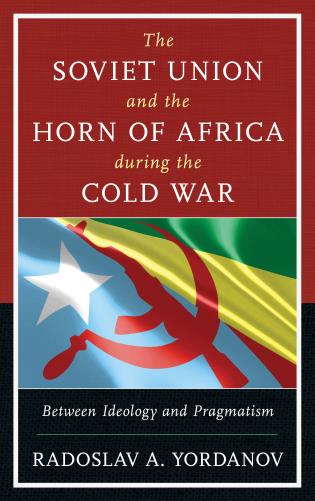
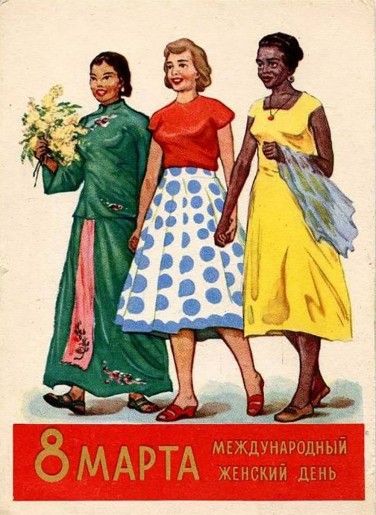
The complete failure of the USSR in Africa: Western rationalism and materialism in Africa help only perpetuate the Anglo-Saxon and French colonialism.
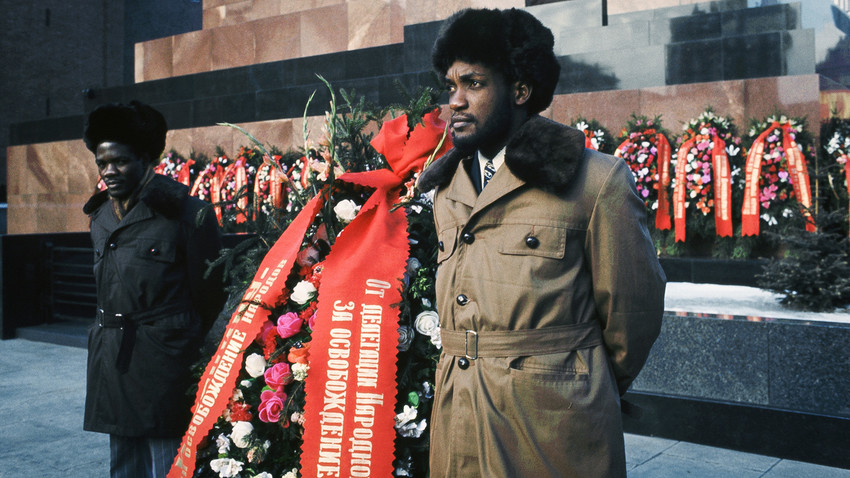

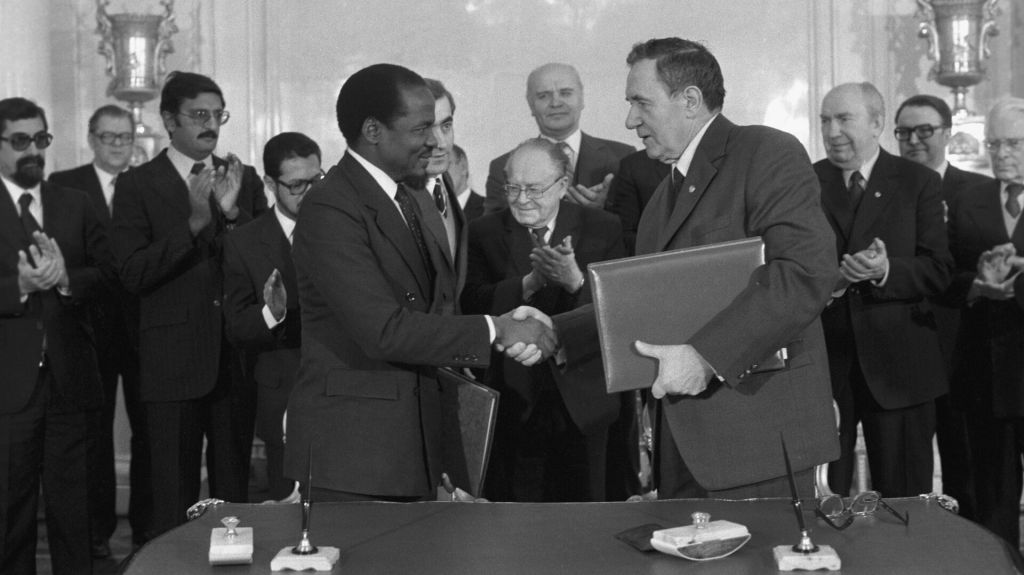
The colonized nations were thus turned to altered beings, automatons or subaltern populations; they were made to think, reflect and act according to patterns invented by the colonial powers as per their own interests. Africa’s colonized nations were not properly westernized; their colonial masters did not want them to be like them. They wanted them to become functional tools of the Western supremacy, and this is what most of the Africans have become without even understanding it and irrespective of religion, ethnic background, and origin. Certainly, several anti-colonial intellectual forces were formed and socio-political reactions expressed in Africa; all the same, they mostly formulated their rejection of the colonial powers in colonial languages and terms. As it can be easily understood, this situation has highly jeopardized their chances to bring forth tangible results.
Consequently, one could safely conclude that only a long term vision of the Chinese-African partnership can be possibly beneficial to both, Chinese and Africans. Egypt’s position, background, identity and colonial experience are extremely helpful in this regard. That’s why Kemet (or Masr) is by definition China’s gateway to Africa.
I. Chinese as the First Foreign Language in Egypt
Inaugurated before 20 years (in 2004), during the early period of the first tenure of President Hu Jintao, the Confucius Institutes are non-profit educational institutions affiliated with the Ministry of Education of the People’s Republic of China; more specifically, they are operated by Hanban (namely the Office of Chinese Language Council International, which became known as Center for Language Education and Cooperation in 2020). They are established jointly in a great number of countries and they always operate in cooperation with local partners. As of 2019, there were more than 500 Confucius Institutes all over the world. The stated aims are the promotion of Chinese language and culture, the support of local Chinese teaching, and the facilitation of bilateral cultural exchanges.
Basically, there are two Confucius Institutes in Egypt; the first is associated with Cairo University and the second with Suez Canal University. More recently, in 2015, an agreement was signed between Pharos University in Alexandria and Confucius Institute – Cairo University, thus creating the first Confucius unit to teach Chinese in Alexandria. As it happens in numerous other cases, professors from the largest Chinese universities teach in the Alexandria-based Confucius unit. Background:
https://en.wikipedia.org/wiki/Confucius_Institute
Quite interestingly, NATO StratCom (Strategic Communication Center of Excellence) considered it necessary to meticulously spy on Confucius Institutes and to publish the following document, thus demonstrating their deep and awful fears that the days of the Western hegemony are numbered. https://stratcomcoe.org/cuploads/pfiles/confucius_institutes.pdf
Although the aforementioned beginning was quite successful and well-done, by now it is not anymore sufficient. Focusing on the bright future of the Chinese-Egyptian cooperation, the administration of Confucius Institutes should set up a committee to study the ways needed to intensify the process of Chinese language penetration and to suggest a plan as to how Chinese will replace English as first foreign language in Egypt – in a mid-term perspective.

China has to deploy all the necessary resources in order to systematically, resolutely and comprehensively terminate the 2-century long, colonial period of predominance of French and English languages at all costs. In this great endeavor, Beijing should bring its influential allies into the game; Russia, India, Brazil, Iran and Turkey must also develop their Africa-de-Westernization policies, opening cultural institutes, establishing partnerships, promoting their languages, and founding bilingual universities. Chinese, Hindi/Urdu, Russian, Portuguese, Farsi and Turkish are far more useful for Africans than English and French.
One thing must be made clearly understood to all Africans: the ‘easiness’ of the ‘already known’ (namely English and French) is the curse that plunged Africa into darkness, slavery, corruption and evilness, while also enabling the colonial gangsters to develop plans providing for Africa’s depopulation. It is as simple as that:
– Learn English and French, so that the Western colonial gangsters kill you all and repopulate the Black Continent with White supremacists!
Chinese language penetration in Egypt will then serve as a model and as a success story to implement in other African countries; while developing stronger bilateral relations with every state in the Black Continent, Beijing should dedicate special interest to help increase sound bilateral relationships among all African lands and nations. There are many speaking about ‘peace in Africa’, but there will never be peace in the Black Continent, as long as between an Sudanese and a Somali stands English as a means of communication, while a Malian and an Algerian converse in French.
When Nigerians and Egyptians communicate in English or Algerians and Malagasy speak to one another in French, problems appear always. In my proposals for the establishment of the first Afrocentric University in Africa, I made it clear that the proper end of the colonial period will never take place before 20 major African languages are regularly taught, each in a separate department of university, in at least all the major states of the Black Continent. See (notably Unit 4):
https://www.academia.edu/22843510/AFRICAN_RENAISSANCE_UNIVERSITY_A_VISION
Western languages are parasitic plants in Africa. Mande, Fulani, Igbo, Yoruba, Hausa, Tuareg, Oromo, Somali, Berber, Malagasy, Zulu, Shona, Sidama, Afar, Arabic and several other languages should become the official languages of a truly non-colonial African Union with duly de-Westernized member states. Consequently, by supporting African languages’ international status upgrade, China will demonstrate Beijing’s good will and readiness to contribute to Africa’s de-Westernization. At any given moment, China should not become and should not look like a colonial or neocolonial power. This will be the ultimate success of Confucius Institutes in Africa.

II. Systematic Dissociation and Separation from Western Europe and North America
China’s role in Africa will never be effective and fruitful without a complete de-Westernization at all levels; the Chinese-African partnership depends on extensive exchange of experience, study of colonial examples common and repugnant to both partners, quest for national heritage, re-affirmation of cultural identity, and defense of moral integrity. In striking opposition to the racist, colonial practices, Chinese and Africans should reciprocally identify the exact correspondence between the moral-behavioral values of their respective cultures and civilizations and examine how every single of their values is differently contextualized in China and in Africa. The ensuing cultural interexchange and mutual understanding of the ‘other’ will then help form the foundations of the Chinese Africology and the African Sinology.
Chinese and African academics, intellectuals, and scholars should then undertake the common, bilateral rejection and refutation of the Western model and the Eurocentric pseudo-historical dogma at a worldwide stage, also involving their partners in India, Russia, Iran, Turkey and many other Asiatic and Latin American countries. World History should therefore be written in an unbiased, trustful, and honest manner for the first time in the History of Mankind.
This is what anti-Western Chinese and African scholars, academics, intellectuals, scholars and explorers should understand deeply and up to the point of making it the foundation of their common description of the deeds, the thoughts, and the faiths of the humans: to be perfectly anti-Western and to constitute the full refutation of the racist Eurocentric model of historiography, one does not need to be either Sinocentric or Afrocentric; on the contrary, he must be humanocentric.
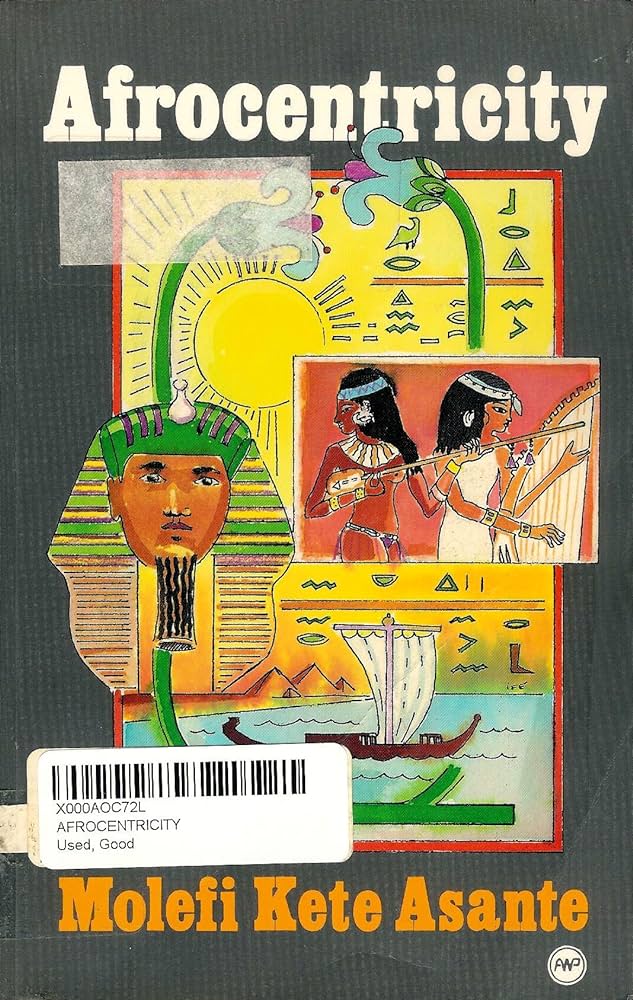
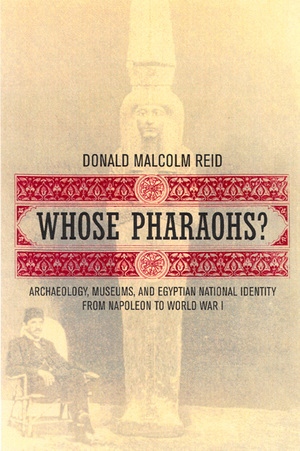
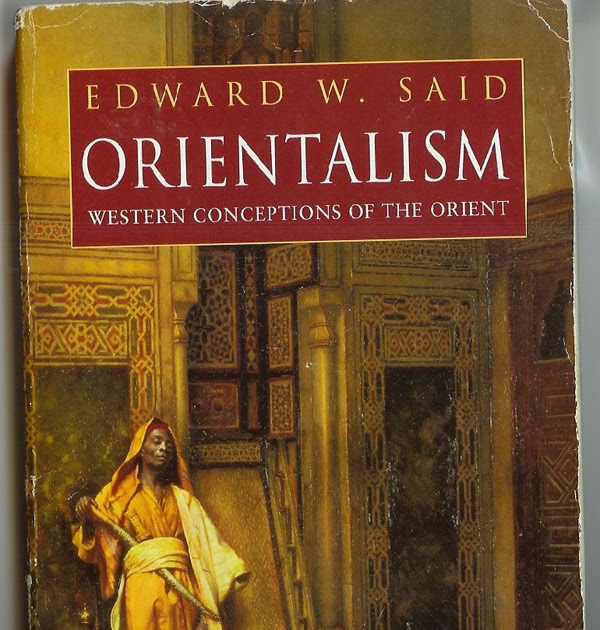
Afrocentric approaches and substantive criticism of the colonial academics, although positive and necessary, have not yet helped people grasp even a tiny portion of the Ancient Oriental Spirituality, Science, Moral, Wisdom, Universality, and Divinity. The Assyrian-Babylonian (Mesopotamian) and the Egyptian heritage has only been profaned within the barbaric, ignorant and dark periphery of the so-called Hebrews, Greeks and Romans. The Old Testament, the New Testament, and the Quran have only a reminiscence of the Sacred as revealed in the Sumerian, Akkadian, Assyrian-Babylonian, Egyptian, and Iranian scriptures.

Not even one king among the Ancient Hebrews, Greeks, Macedonians and Romans managed to attain the sacredness and the spiritual force of Thutmose III.
Within the context of the fallacious Eurocentric model of historiography, which was based on the aberration of ‘Judeo-Christian civilization’ and the absurdity of ‘Greco-Roman civilization’ (that the colonials imposed worldwide), Africa occupies a truly marginal, subordinate position, as if the entire Black Continent depended on the developments that took place in South Balkans and in Rome. This racist construct consists in total distortion of the History of Mankind; it was established as a mere reflection of the 19th c. colonial invaders’ disdain of the African nations that they colonized at the time. They narrated as ‘History’ what they viewed as their own African subjects whom the Europeans never bothered to truly and deeply study as per the local African, standards and measures, thus erroneously, unjustly and undeservedly evaluating them after the worthless, malignant and utterly racist European criteria.
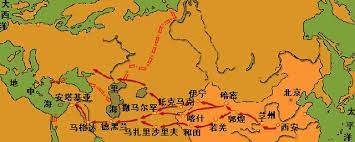
The correct, Chinese view over, and version of, the Silk Road
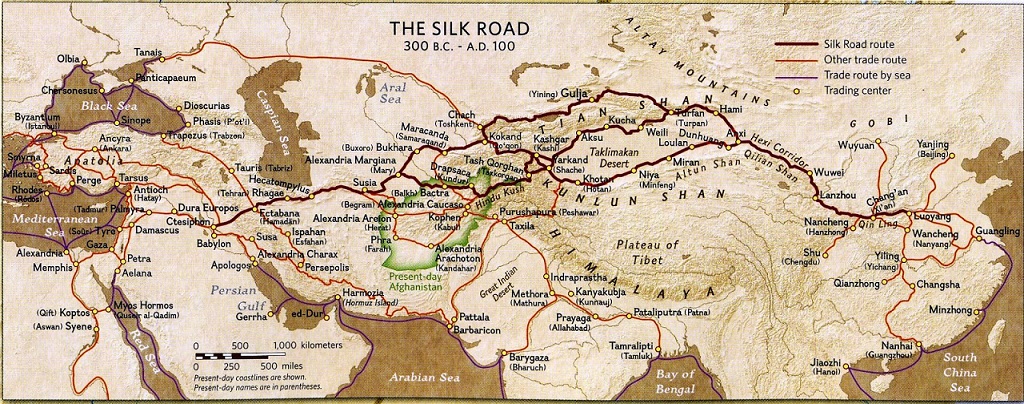
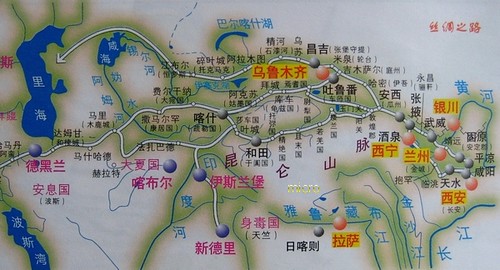
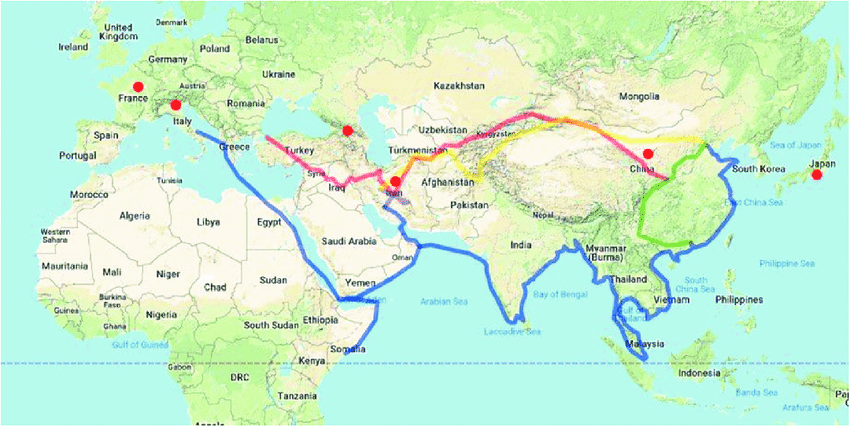
The false, Eurocentric view of the Silk Road
Within the context of the fallacious Eurocentric model of historiography, which was based on the aberration of ‘Judeo-Christian civilization’ and the absurdity of ‘Greco-Roman civilization’ (that the colonials imposed worldwide), China occupies a really peripheral position ‘at the very end of the world’, somewhere in the East. The History of the Silk Road is not the same for Western and for Chinese academics, scholars and explorers – let alone diplomats, politicians and statesmen. Within the Western bogus-narrative, China has always been depicted as if it has been a faraway country only periodically, slightly and occasionally connected with the Mediterranean World, which was erroneously presented as the supposed center of the world or the axis around which the History of Mankind revolved.
China, Egypt and all the other African countries should work systematically to totally dismantle and obliterate the Eurocentric Western fallacy. There will never be decolonization without complete de-Westernization, and this apparently demands a major effort of full de-Mediterraneanization of the World History, which is a racist, false and poisonous product made in the West. Over the last six millennia, all the humans lived in a great variety of locations and lands, often developing different cultures and civilizations, but contact has always been maintained; so, the criminal conquistadors of the barbarian and pseudo-Christian Pope of Rome never ‘discovered’ anything.
More importantly, the axis of World History revolved always around the arc that links Egypt -through Mesopotamia, Iran and Central Asia- with China, involving also concavities and convexities that end in the African Atlas, in the Horn of Africa, in Yemen, in India, in Anatolia and the Balkans, in the Caucasus region, and in Siberia. On these basic lines took place all the major events of World History.
That is why it is essential that China, India and Egypt launch together a major anti-colonial project named ‘歷史 – इतिहास- تاريخ’ (Lishi Itihaas Tarih/’History’ in Chinese, Hindi and Arabic respectively) and involve in it their numerous Asiatic and African partners in order to genuinely compose -for the first time in World History- a truly unbiased, multilateral and comprehensive History of the Mankind, plainly reveal the importance of the major lands of History (as stated in the previous paragraph), and irrevocably reduce the role of European peoples to their true proportions, secondary dimensions and negative impact. This collective work should then be translated to all the Asiatic, African and Latin American languages and subsequently serve as the fundamental documentation which all the school manuals and the textbooks will reproduce, thus eliminating the hitherto prevailing false, colonial Eurocentric historiography. About the three terms:
https://en.wiktionary.org/wiki/歷史
https://hi.wiktionary.org/wiki/इतिहास
https://en.wiktionary.org/wiki/تاريخ
Even the notion of ‘Europe’ must be deleted; actually, it does not truly exist. It never did – for the overwhelming majority of the world population. The lands located west of the plains of Russia, of the Black Sea, and of the Anatolian plateau are also parts of Asia. As a matter of fact, what Westerners called ‘Europe’ is the most western and the most troublesome peninsula of Asia. The undeniable fact that Ancient Greek and Latin texts make this distinction does not concern Africans, Caucasians, Turkic nations, Iranians, Arabic-speaking people, Indians, Siberians, Chinese and other Asiatic nations, because those sources are alien, unknown, unimportant, indifferent and useless to them. Europe does not have the status of a continent by any means.
Working together at the academic, scientific, intellectual, and cultural levels, China and Egypt will thus put an end to the colonial links that have been imposed on Asia and Africa over the past 250 years. The campaign motto for China, Egypt, and their partners should be: “No Oriental student in Occidental universities”.
III. The Egypt – Sudan – Libya Confederation
After re-establishing the national unity and sovereignty of Sudan and Libya due to full scale military intervention and political pacification processes, China and Egypt should work hard with local authorities in Khartoum and Tripoli as to how to best interconnect and bind all three nations. In the third article of the series (see below; units IV and V), I offered few examples in this regard, stressing particularly the sector of Transport. High-speed railways will certainly bring closer the three capitals, the three elites, and the three nations. With ca. 175 million people and an area of about 4.6 million km2, the three lands make the 7th state of the world in terms of surface and the 8th largest country by population.
As it can be surmised, the desire for a concerted unification of Egypt, Sudan and Libya does not reflect a delusional target like going higher in the list or just looking bigger; it addresses the common need of all the local societies and governments to acquire greater economic depth and have a faster rhythm of development. With the help of China, mega-projects similar to those I proposed in the fourth article of the series (see below: units I-V) have to be launched also in Sudan and Libya. With interconnected systems of canals and associated irrigation plans that carry water from the Nile, parts of the Butana desert in the eastern part of Sudan can become cultivated lands, thus exponentially increasing the agricultural production of the country. About: https://en.wikipedia.org/wiki/Butana
The three countries will always have three seats in the UN General Assembly, also maintaining independent governments and separate parliaments; however, they can launch a one-year long rotating presidency and engage in several unification projects at the political, military, economic and educational levels. With full respect for all the existing ethnic groups, their languages, traditions and cultures, with concertation and synergy among the respective private sectors, with a unitary vision as regards their common vast territory and past, and with the strong support of China, the three countries can engage in the path of reunification on a purely secular basis. This will finally be the beginning of the end of the colonial era in Africa.
As it is well known, borders anywhere in Africa do not reflect ethnic territories and national realities, as they should have, but remind us of aspects of the colonial past. They are all false, and that’s why the criminal colonial gangsters, namely the English, the French and the Americans, want still to preserve the present, impermissible and untenable, borders in Africa. The reason for this vicious, insidious and inhuman policy is simple; practically speaking, there are no proper borders among nations throughout the Black Continent. There are only limits between the graves into which all the African nations have been buried by the guilty White Man.
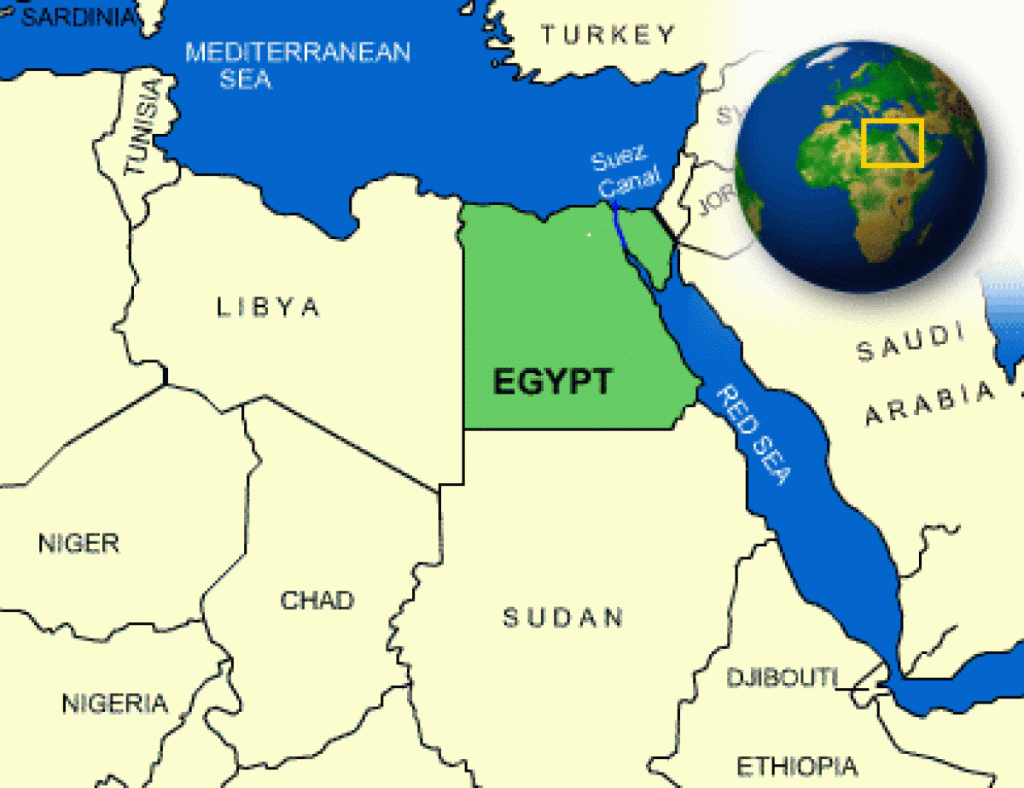
Because the colonial powers want to preserve these illegal borders, these lines of sin, shame and hatred must be abolished. China should not have any illusion in this regard; the very existence of the colonial borders, the terrible absence of substantive infrastructure, and the imposed historical distortion, which is taught in the schools as an undisputed dogma, constitute the three major hindrances to Africa’s liberation and to Beijing’s perspectives in Africa. Of course, it will not be an easy thing to abolish the colonial borders in the Black Continent.
The effort should start with the formation of regional alliances and small unions of few states in several zones. Thus, the establishment of a confederation among Egypt, Sudan and Libya will mark a critical step in this regard. It is important for Beijing to methodically conceive and gradually carry out this project, because a successful union of three major African states will certainly stimulate many others to undertake similar efforts in other parts of Africa.
For this project, China should dedicate dozens of thousands of specialists, explorers, scholars and advisers; first, Beijing should create them. It is essential for the Chinese leadership to understand that, despite their good will and all the hitherto deployed efforts, China still does not truly know Africa; at least, not up to the level the colonial powers do. That is why China will urgently need 20000 Africanists, departments of African Studies in at least 50 Chinese universities, a plethora of linguists specializing in all the African languages, and researchers in Ethnography. A true Chinese army of explorers must disembark in Africa.
Similarly, in striking opposition to the highly ideologized, extremely biased, and utterly insidious Western academic policy against the Northern African Hamites and the Eastern African Cushites, China should become the worldwide center of Hamitic, Berber, Tuareg, Hausa, Cushitic, Oromo and Somali Studies.
Last but not least, China will certainly need 2000 Egyptologists and Coptologists with parallel background in Phoenician-Carthaginian, Latin and Ancient Greek in order to help present and future Egyptian and African scholars overwhelmingly refute the Eurocentric bogus-historical dogma, which prevails in the propagandist pseudo-universities of Western Europe and North America. They will have to plainly demonstrate to the world academic community the fact that the African Genius of the Hamitic Kemetians (Egyptians), Berbers and Cushites-Meroites and the Asiatic-Semitic Intelligence of the Carthaginians brought civilization to the islands of the Mediterranean Sea and to the southern extremities of the Balkan, the Italian and the Iberian peninsulas.
The topic is certainly interrelated with the urgent need of the Chinese academia to undertake a real overhaul of the Western disciplines of Orientalism, but this topic demands a new series of articles about the development of the Chinese disciplines of Assyriology, Hittitology, Iranology, etc. on entirely anticolonial and anti-racist basis. Establishing parallels between the Chinese Hundred Schools of Thought and Ancient Oriental (Assyrian-Babylonian, Egyptian, Iranian, Aramaean, Phoenician) schools of wisdom, universalism, spirituality and science or the Gnostic systems of Northern Africa or Western Asia would help all the people better perceive and fully assess the enduring interconnectedness of Asiatic and African cultures and civilizations. About: https://en.wikipedia.org/wiki/Hundred_Schools_of_Thought
IV. How the Chinese-Egyptian Alliance will reshape Africa into Five Mega-States
It may be a long process, but an early vision and a correct approach always matter. In order to totally change Africa, effectively block the presence or the return of the colonial powers, and instinctively trigger pro-Chinese feelings among all Africans, thus permanently consolidating Beijing’s leading role in the Black Continent, China must totally undo everything that the Western colonials did in Africa.
Taking into consideration the ethnic identity, the cultural integrity, the historical heritage of all the African and non-African nations that currently live in Africa, and taking into account the demanded conditions of socioeconomic development and international life, one can come to the conclusion that Africa should be re-organized in five great confederate states:
1- Kemet/Egypt, Cush/Sudan, and Rebu-Libu/Libya
This confederate state will be made out of the three ancient lands of civilization and modern countries, as briefly described in the present article. About:
https://en.wikipedia.org/wiki/Cush_(Bible)
https://en.wikipedia.org/wiki/Kemetism
https://en.wikipedia.org/wiki/Kmt_(magazine)
https://en.wikipedia.org/wiki/Km_(hieroglyph)
https://en.wikipedia.org/wiki/Kingdom_of_Kush
https://en.wikipedia.org/wiki/Cush_(Bible)
https://en.wikipedia.org/wiki/Napata
https://en.wikipedia.org/wiki/Mero%C3%AB
https://en.wikipedia.org/wiki/Ancient_Libya
https://en.wikipedia.org/wiki/Libu
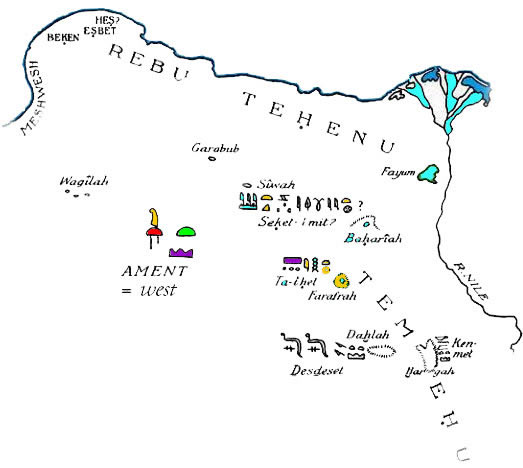
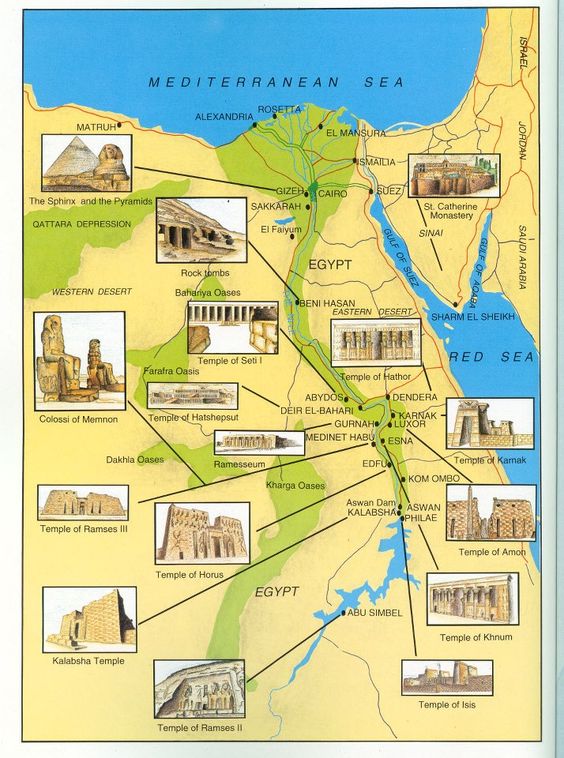
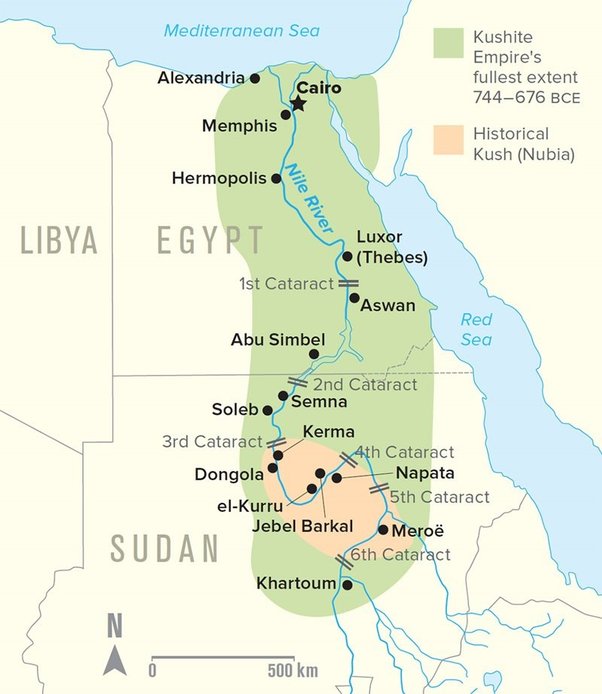
2- Cush/Ethiopia, Punt/Somalia, and Eastern Africa (with a small enclave for Amhara-Tigray Abyssinia)
This confederate state will be established out of lands, which are currently parts of Ethiopia, Eritrea, Djibouti, Somalia (Somaliland being not a state but a local MI6 office), Kenya, and most of the Swahili-speaking Muslim inhabitants of the coast of Tanzania. Apparently, the Cushitic nations of the Oromos and the Somalis will be the largest entities within the confederacy, which will comprise Cushitic, Nilotic and Bantu people.
Taking into consideration the fact that the Semitic Amhara and Tigray tribes (: the Abyssinians) have had a most tumultuous and very negative relationship with the regional Cushitic majority, repeatedly made war upon them, and persistently persecuted them, it will be wise to envision an Abyssinian enclave within the confederacy; this will be formed out of lands belonging to the Eritrean North and to the Tigray and Amhara regions of today’s untenable Ethiopia. About:
https://en.wikipedia.org/wiki/Oromo_language
https://en.wikipedia.org/wiki/Somali_language
https://en.wikipedia.org/wiki/Swahili_language
https://en.wikipedia.org/wiki/Amhara_Region
https://en.wikipedia.org/wiki/Tigray_Region
https://www.academia.edu/43443326/Ethiopia_a_Panacea_for_Tyrants_a_Stiletto_in_Colonial_Hands_2007
https://www.academia.edu/34472471/Meroitic_Oromo_Ethiopian_Continuity_Call_for_a_Research_Project https://www.academia.edu/50299787/Links_to_my_articles_about_Egypt_Kemet_Sudan_Kush_Ethiopia_Abyssinia_Fake_Ethiopia_and_todays_Nubians

Somalis
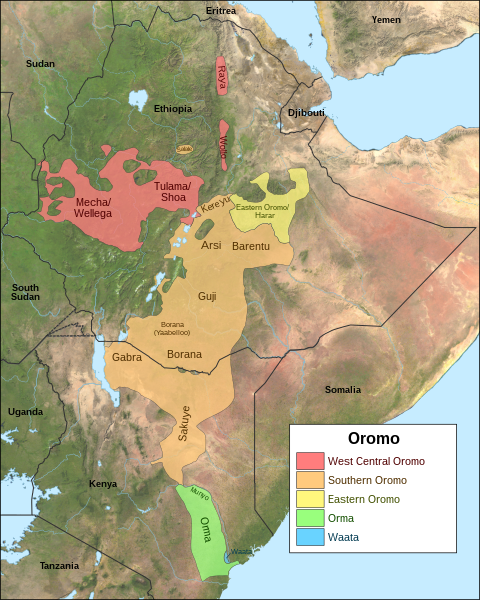
Map of Oromo dialects

Cushitic-Ethiopian Oromo flag
3- Carthage-Tunisia/Algeria, Berber Atlas, and Hamitic Sahara
This confederate state will be formed out of several NW African states that draw on the Carthaginian, Berber, Tuareg, Hausa and Saharan Muslim heritage and tradition of the wider region, i.e. Tunisia, Algeria, Morocco, Western Sahara, Mauritania, Mali, Niger, Chad, and the northern half of Nigeria. An ominous and excessive colonial project of linguistic Arabization and extremist Islamization (based on disastrous, pseudo-Muslim and Anti-Islamic theologies) has been carried out in this region for long in order to totally transform the identity of the indigenous nations, eliminate the originality of their heritage, destroy their cultural integrity, divide the local societies, trigger divisions, split the families, and produce useless bloodshed only for the benefit of the colonial powers of the West.
The paramount target achieved due to the Western (mainly French) colonization concerned the establishment of a fake dilemma that was imposed on all the local societies (since the 19th c.), namely to
– either imitate the French and get intoxicated with Western lies and pseudo-science
– or become an extremist and die for a fake Islam that did not reflect the well-known historical civilization, culture and religion.
It is within this abominable divide that the traditional popular religion, wisdom, and culture have been sidestepped by the fanaticism of the ferociously anti-African and deeply anti-Islamic Hanbali, Ibn Taimiyyah, and Wahhabi theologies and forgeries.
By bringing to surface and reviving old traditions, forgotten identities, and moral integrity, and by interconnecting them with modern Afrocentric trends, China will be able to help permanently uproot extremism and obliterate French, English and American presence from the vast region which can certainly unite in a powerful, wealthy and progressive African confederacy.
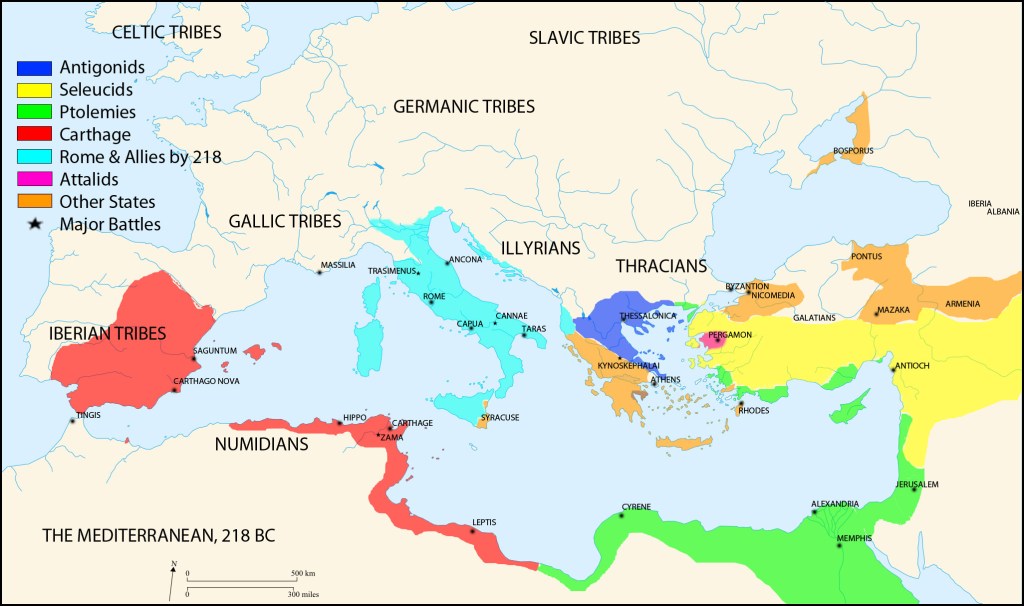
Carthage, 218 BCE
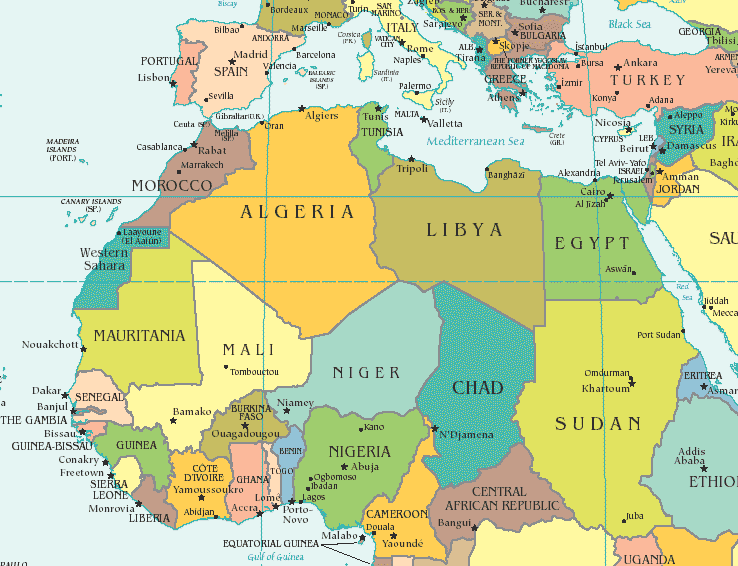
For Chinese scholars and diplomats to see the hidden reality of the African Atlas and the wider Sahara region, four major academic fallacies have to be totally disregarded, refuted and dismantled by them first, notably
a- the false construct of ‘Afro-Asiatic languages’ (a fabrication that enables Western scholars to occasionally change their earlier conclusions as per the political needs of their criminal governments);
b- the colonial promotion of Arabic, which was never an identitarian element or a national language in Africa (it was basically a lingua franca for Muslims, and it was promoted by the French in order to deliberately destroy the Berber identity of the vast region);
c- the systematized effort to discredit the ethno-linguistic Hamitic group (by calling it ‘Hamitic hypothesis’), which is due to Western colonial biases against the Hamitic-Cushitic ethnic-linguistic-cultural unity that can help bring together the northern half of Africa (namely parts 1, 2 and 3 of the present unit) in just one state; and
d- the vicious attempt of the racist French colonials to uproot the national Berber identity of all the North African populations that have been deceitfully categorized by the colonial gangsters into Berber speaking people, bilinguals and Arabs. There were never Arabs in North Africa; today’s Arabic-speaking populations from Sudan to Morocco are Cushites and Hamites who have been gradually Arabized because they accepted Islam as religion. However, they remained culturally and ethnically African (Hamitic and Cushitic); consequently, in the Atlas region, there are only Arabic speaking Berbers, bilinguals, and Berbers who do not speak Arabic at all. We have therefore to conclude that Arabic can have only status of religious language throughout Northwestern Africa. About:
https://en.wikipedia.org/wiki/Berber_languages
https://en.wikipedia.org/wiki/Tuareg_languages
https://en.wikipedia.org/wiki/Hausa_language
https://en.wikipedia.org/wiki/Afroasiatic_languages
https://en.wikipedia.org/wiki/Languages_of_Africa
https //en.wikipedia org/wiki/File:Map_of_African_language_families.svg

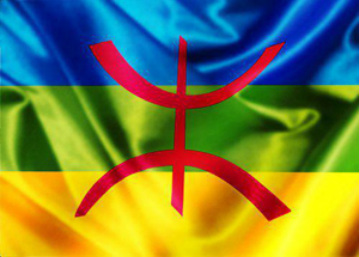
Berber flag – https://www.yaden-africa.com/the-culture/african-tribes/berber
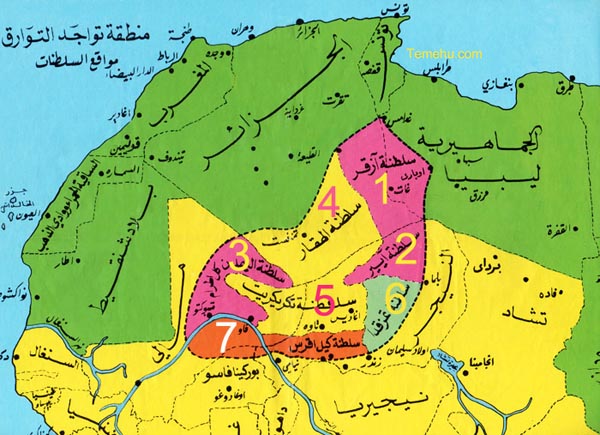
https://www.temehu.com/tuareg-confederacies.htm
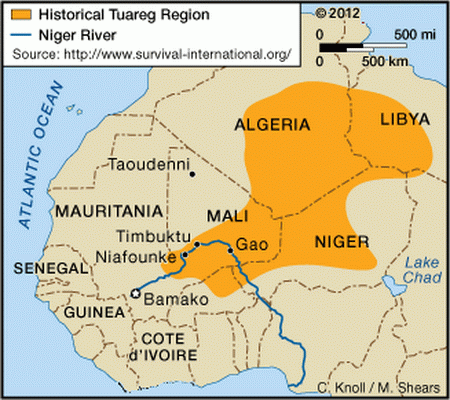
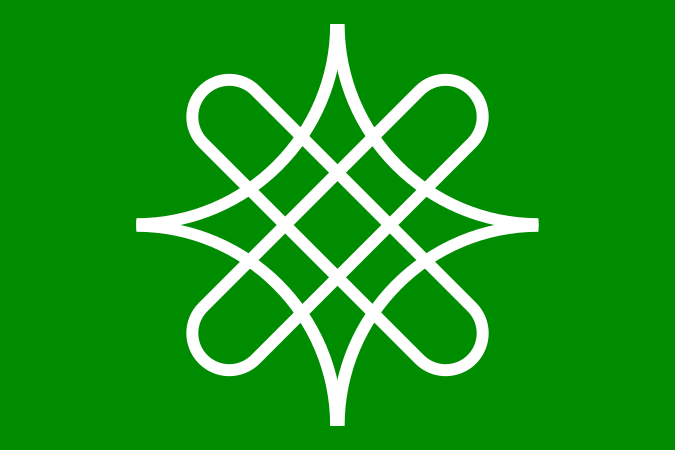
Hausa people flag
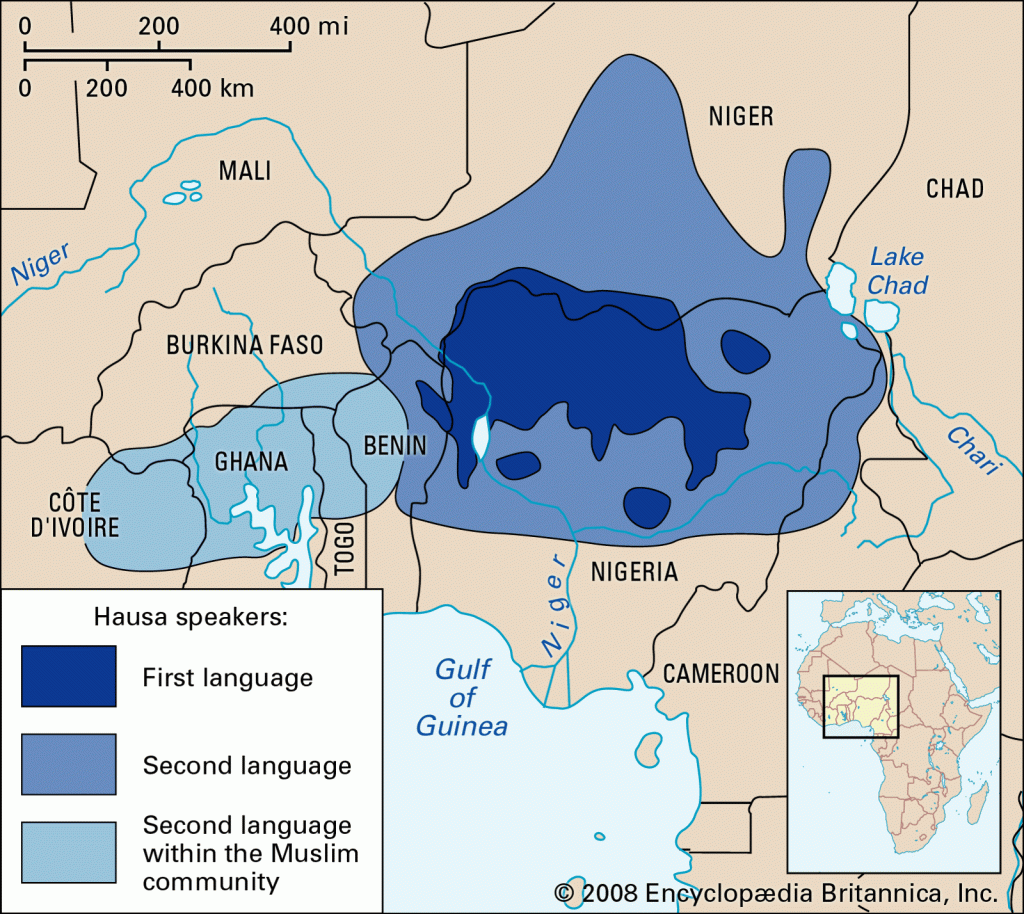

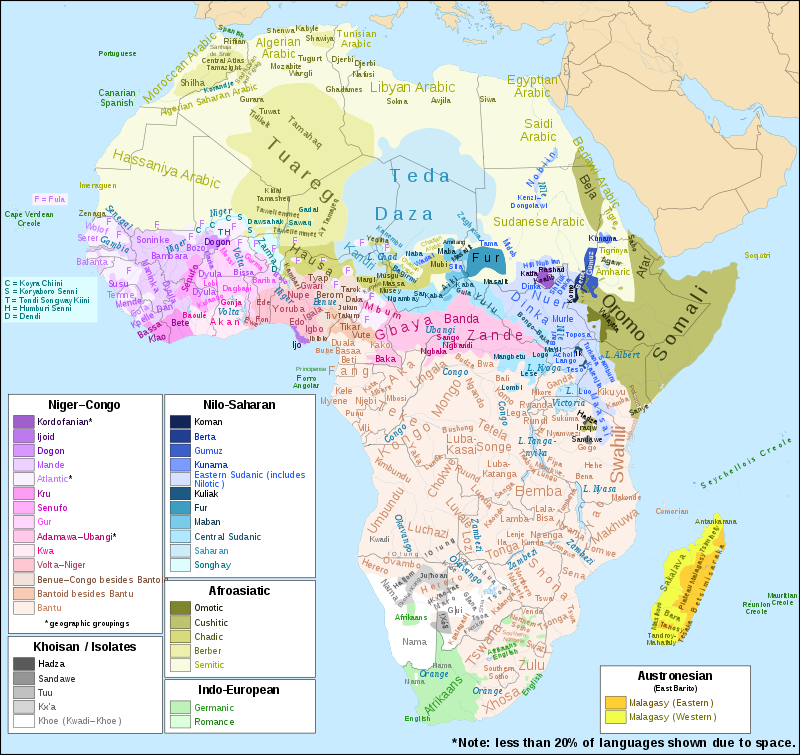
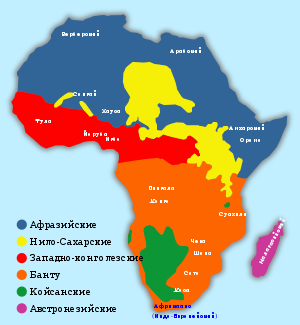
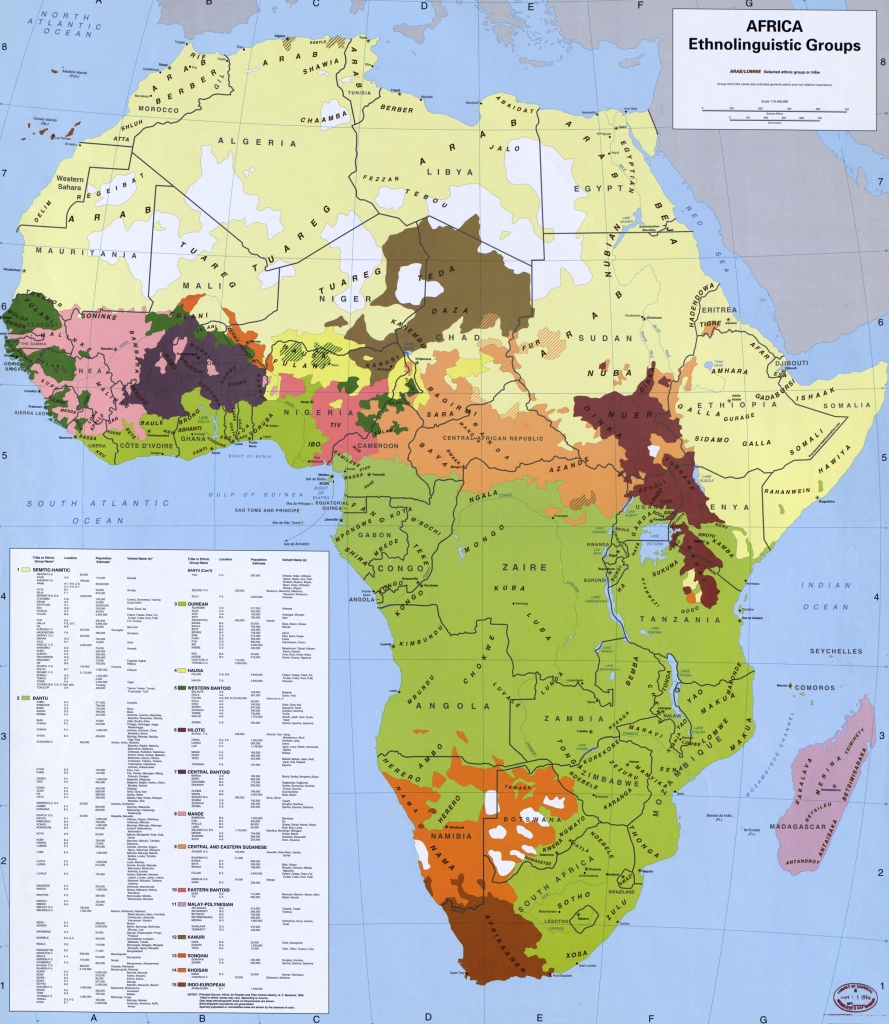
4- Manding, Atlantic Congo, Volta-Congo and Central Africa
This confederate state will consist of numerous ethnic groups and coastal nations of Western Africa that speak Manding, Atlantic Congo, Volta Congo and Central African languages, notably Wolof, Mende, Bambara, Dogon, Dyula, Yoruba, Igbo, Gbaya, Zande, etc. Including states like Senegal, the Gambia, Guinea Bissau, Guinea, Sierra Leone, Liberia, Ivory Coast, Burkina Faso, Ghana, Togo, Benin, the southern half of Nigeria, parts of Cameroon, and the Central African Republic, this confederation will also incorporate the Fula (Peul) people, who live in the southern part of their lands and have not therefore been comprised within the borders of the confederate state no 3 (see above). About:
https://en.wikipedia.org/wiki/Wolof_language
https //en.wikipedia org/wiki/Manding_languages#/media/File:Map_of_the_Manding_language_continuum png
https://en.wikipedia.org/wiki/Manding_languages
https://en.wikipedia.org/wiki/Mande_languages
https://en.wikipedia.org/wiki/Bambara_language
https://en.wikipedia.org/wiki/Dogon_people
https://en.wikipedia.org/wiki/Dogon_languages
https://en.wikipedia.org/wiki/Yoruba_people
https://en.wikipedia.org/wiki/Yoruba_language
https://en.wikipedia.org/wiki/Yorubaland
https //upload.wikimedia org/wikipedia/commons/d/db/Map_of_the_Niger%E2%80%93Congo_languages svg
https://en.wikipedia.org/wiki/Niger%E2%80%93Congo_languages
https://en.wikipedia.org/wiki/Igbo_people
https://en.wikipedia.org/wiki/Igbo_language
https://en.wikipedia.org/wiki/Fula_people
https://en.wikipedia.org/wiki/Fula_language
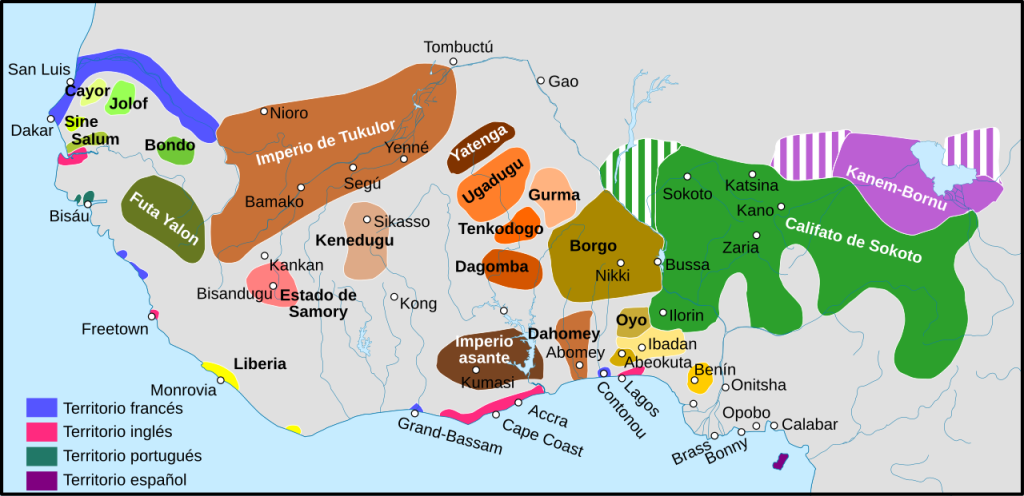
West Africa 1875
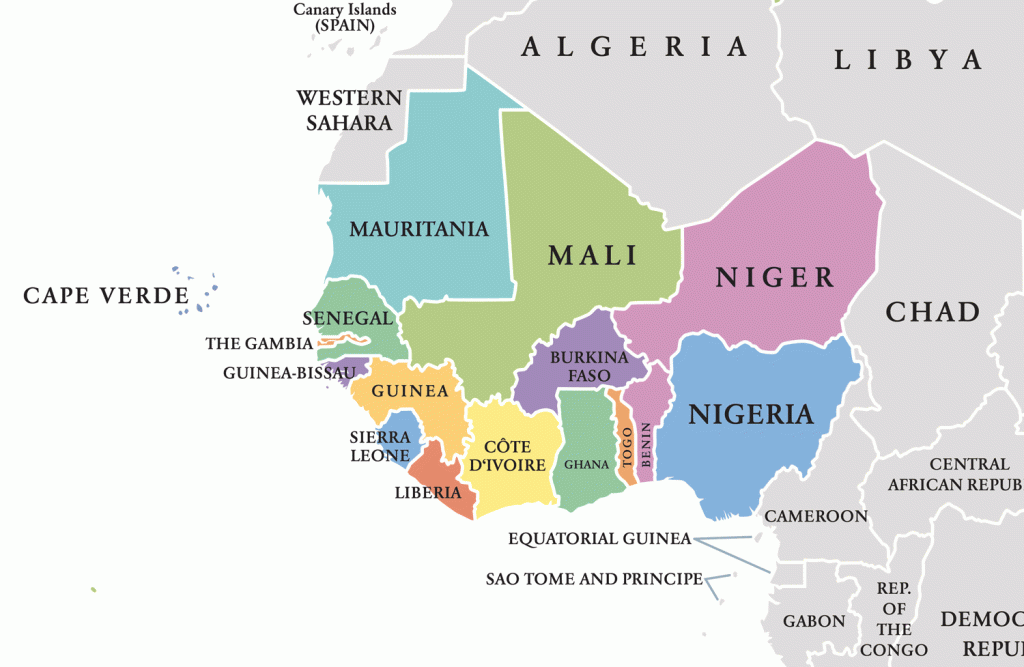
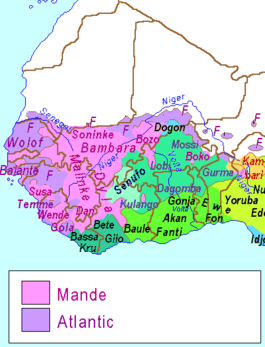
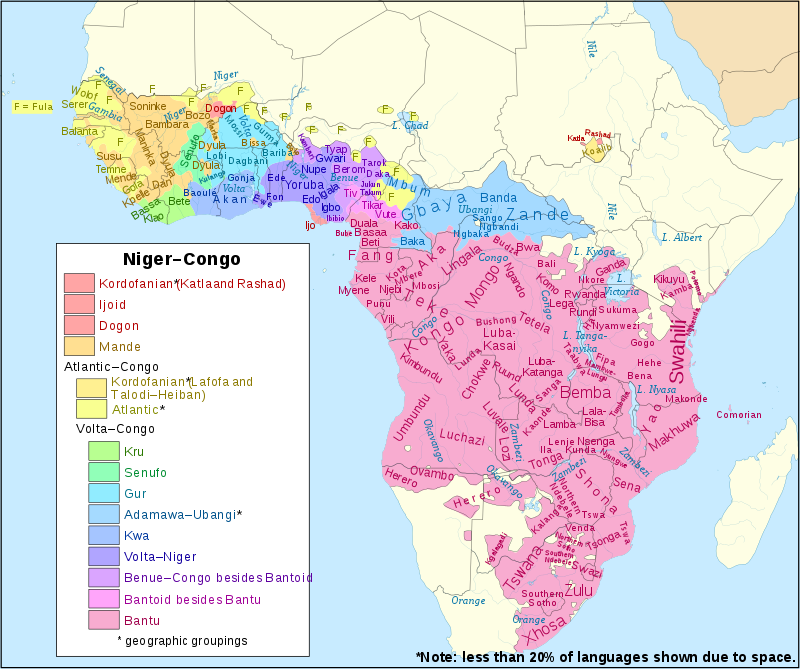
5- Bantu Central & South Africa
This confederation will constitute the southernmost of Africa’s five mega-states. It will comprise Bantu people from coast to coast, therefore uniting all African lands south of a hypothetical line going from Equatorial Guinea to Uganda and thence to Tanzania and Mozambique. A Khoisan enclave should be instituted in order to gather together these ethnic-linguistic groups. About:
https://en.wikipedia.org/wiki/Bantu_languages
https://en.wikipedia.org/wiki/Bantu_peoples
https://en.wikipedia.org/wiki/Khoisan_languages
By helping set up five mega-states in Africa, Beijing will not only bring unity, concord and cooperation to the Black Continent, but it will also make it sure that peace is no further endangered due to the interests of the Western White Man, his heinous mentality, and his anti-Black stance. The absence of the divisive and merciless American, English and French colonial gangsters, racist missionaries, and plotting diplomats from Africa will certainly enable African nations to establish major states the size of Brazil or Russia and thus acquire the main prerequisite to socioeconomic development, namely economic depth. Empowered by China, India and Russia, the aforementioned five African mega-states will then be able to throw the barbarians of England, France and America into the dustbin of World History.
This will certainly constitute China’s greatest revenge for the Opium Wars.

Bantu languages
——————————————
Previous articles of the series (titles, contents, and links to the publications):
A Special Military Alliance with China is Egypt’s Only Chance for Survival – I
I. Western Hatred against Egypt and Plans against Mankind
II. The End of Egypt may be very close
III. Egypt and the Pulverization of Sudan and Libya
IV. The Renaissance Dam in the light of the Abyssinian ‘Prophecy’ against Egypt and Sudan
A Special Military Alliance with China is Egypt’s Only Chance for Survival – II
I. The War in Gaza and the Destabilization of the Red Sea Region
II. The Rise of China as a World Super-power
III. The Irrevocable Prerequisites of China’s Worldwide Predominance
A Special Military Alliance with China is Egypt’s Only Chance for Survival – III
I. Grave Threats for Egypt’s Existence and Serious Danger for China’s Expansion
II. Perspectives of the Strategic Alliance between Egypt & China
III. Two Chinese Military Bases in Egypt: One Million Chinese Military on African Soil
IV. Joint Chinese-Egyptian Military Operations in Sudan and the Perspectives of a Chinese-Egyptian-Sudanese Alliance
V. Joint Chinese-Egyptian Military Operations in Libya and the Perspectives of a Chinese-Egyptian-Libyan Alliance
A Special Military Alliance with China is Egypt’s Only Chance for Survival – IV
Introduction
I. Toshka or New Valley Project
II. Water Desalination Plants
III. Relocation of a Sizeable Part of Egypt’s Population
IV. The Rafah-Taba Canal
V. Twenty (20) Chinese Universities to operate in Egypt
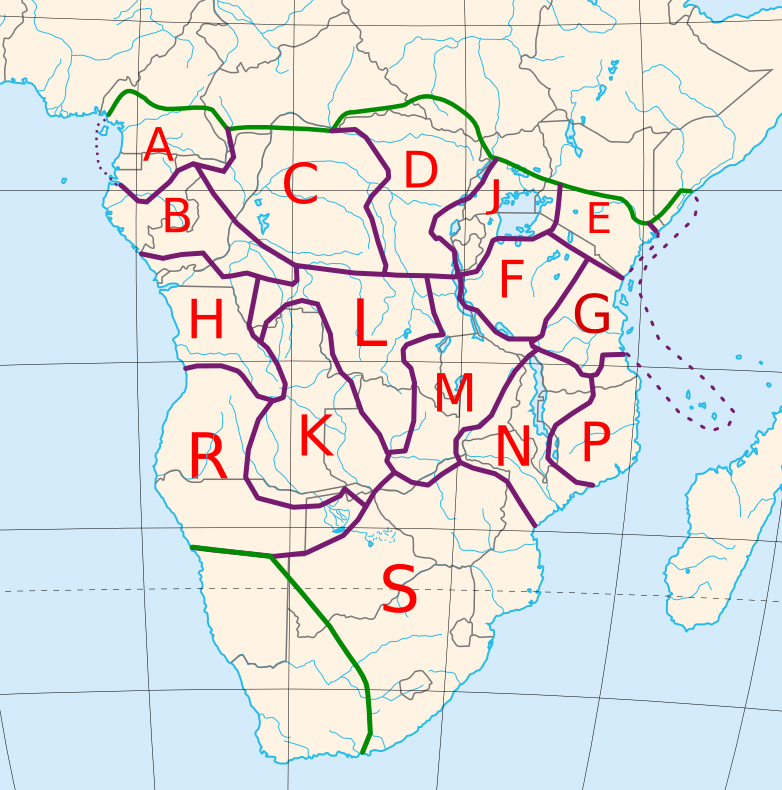
Groups of Bantu languages
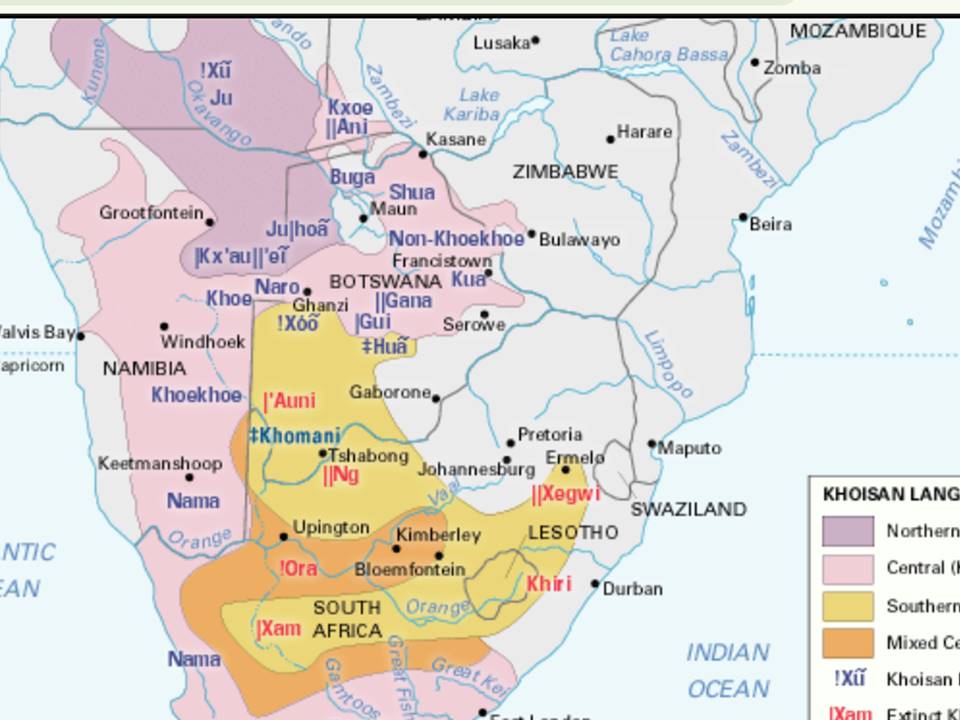
Khoisan languages
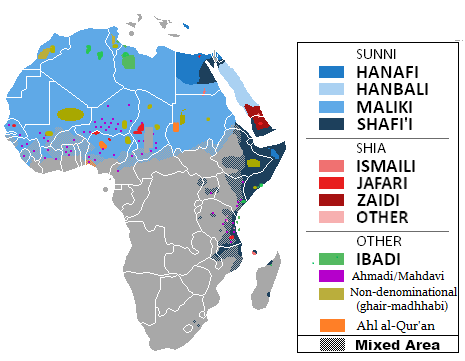
Islamic schools of Jurisprudence in Africa
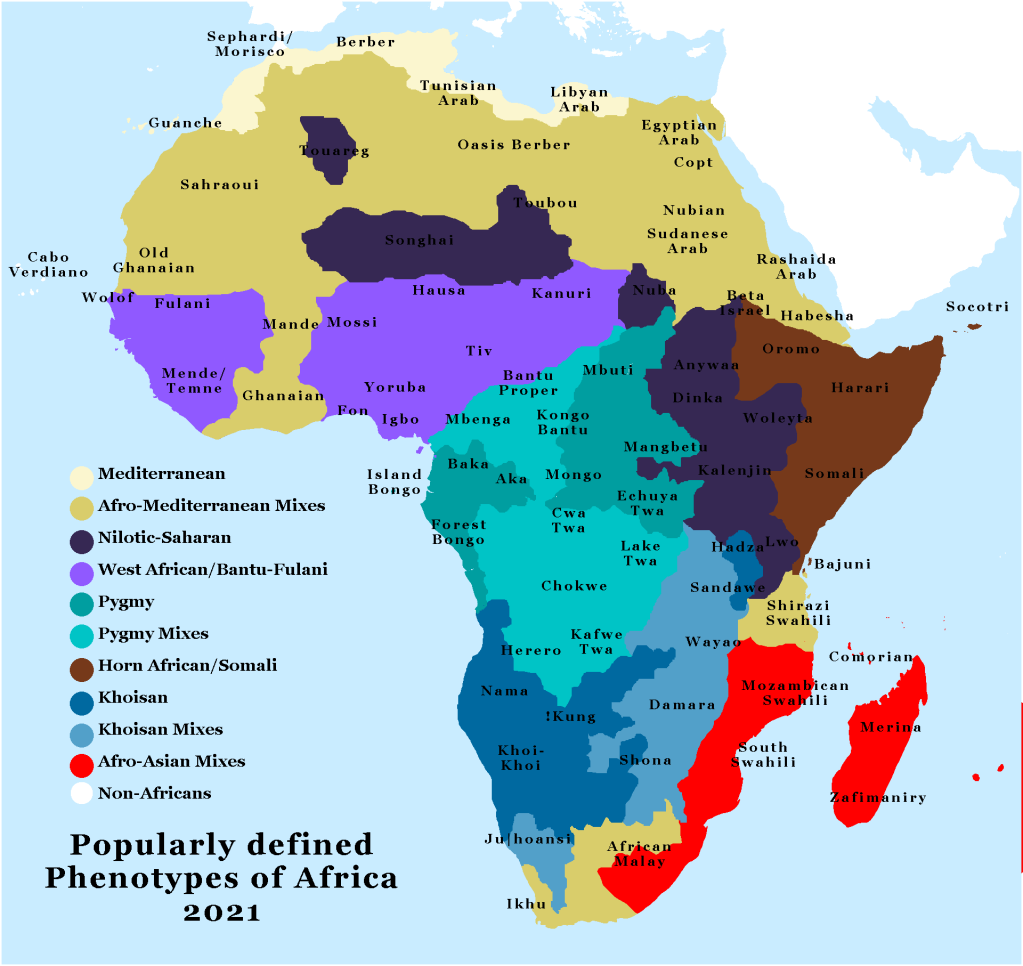
=======================================
Download the article (text only) in PDF:
Download the article (with pictures and legends) in PDF:

